Building Beauty: Week 7 & 8
Really quick update to try to get back on track…
Furniture Presentation
“Finished” the lamp project. I didn’t actually finish the lamp, but ended up making a good amount of progress with the shade by using fabric. I presented the full project and got some nice feedback.
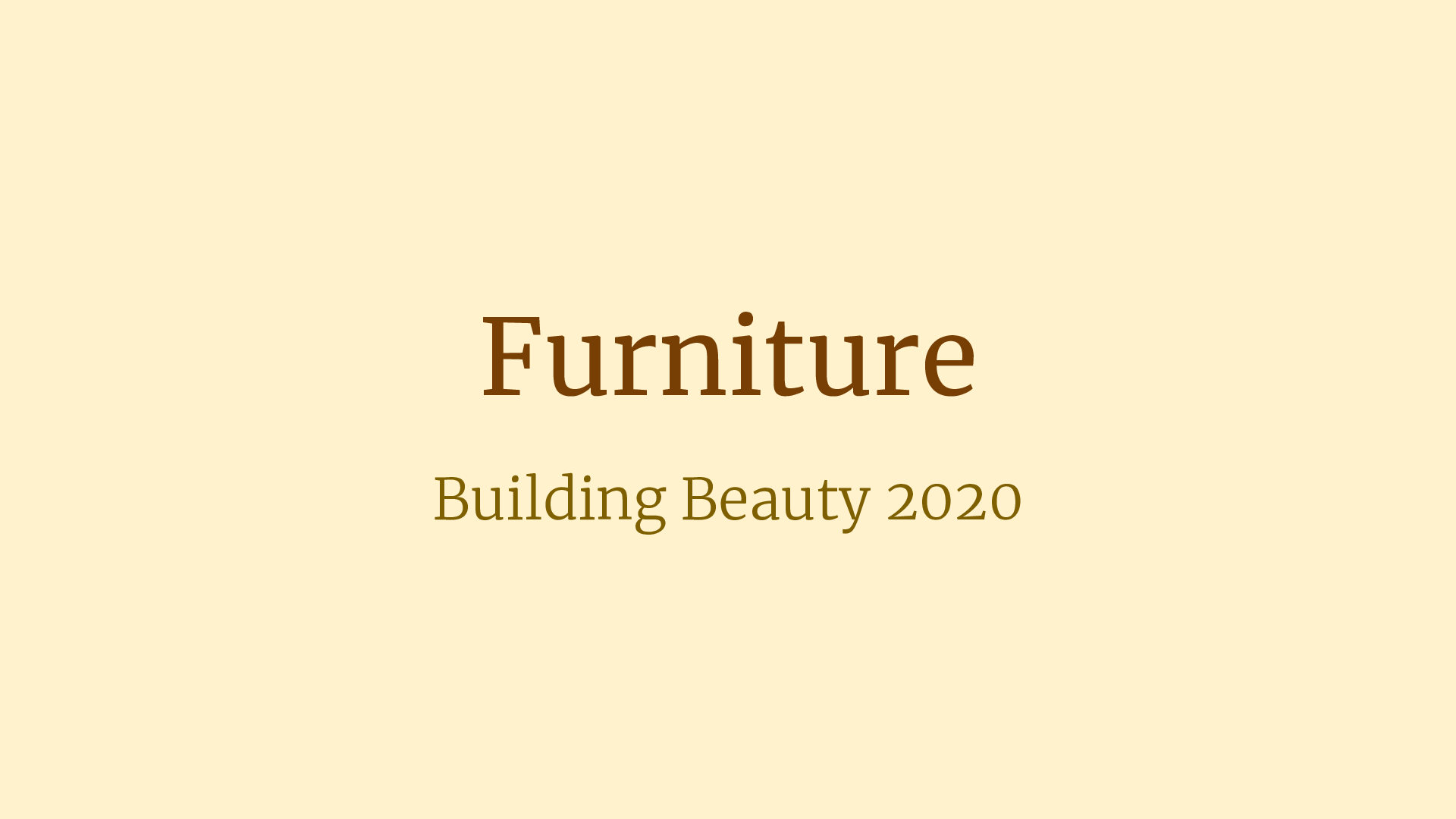
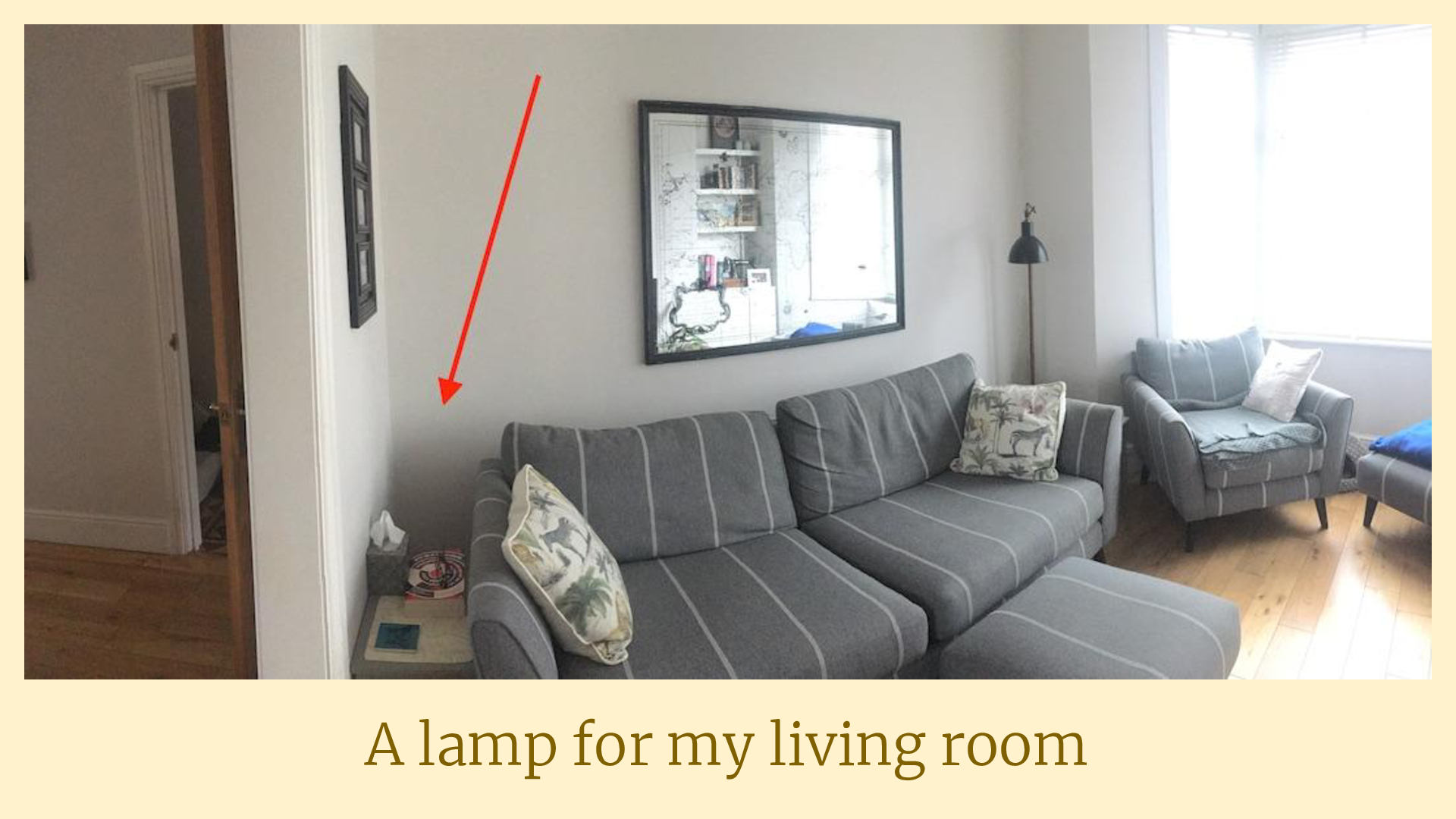
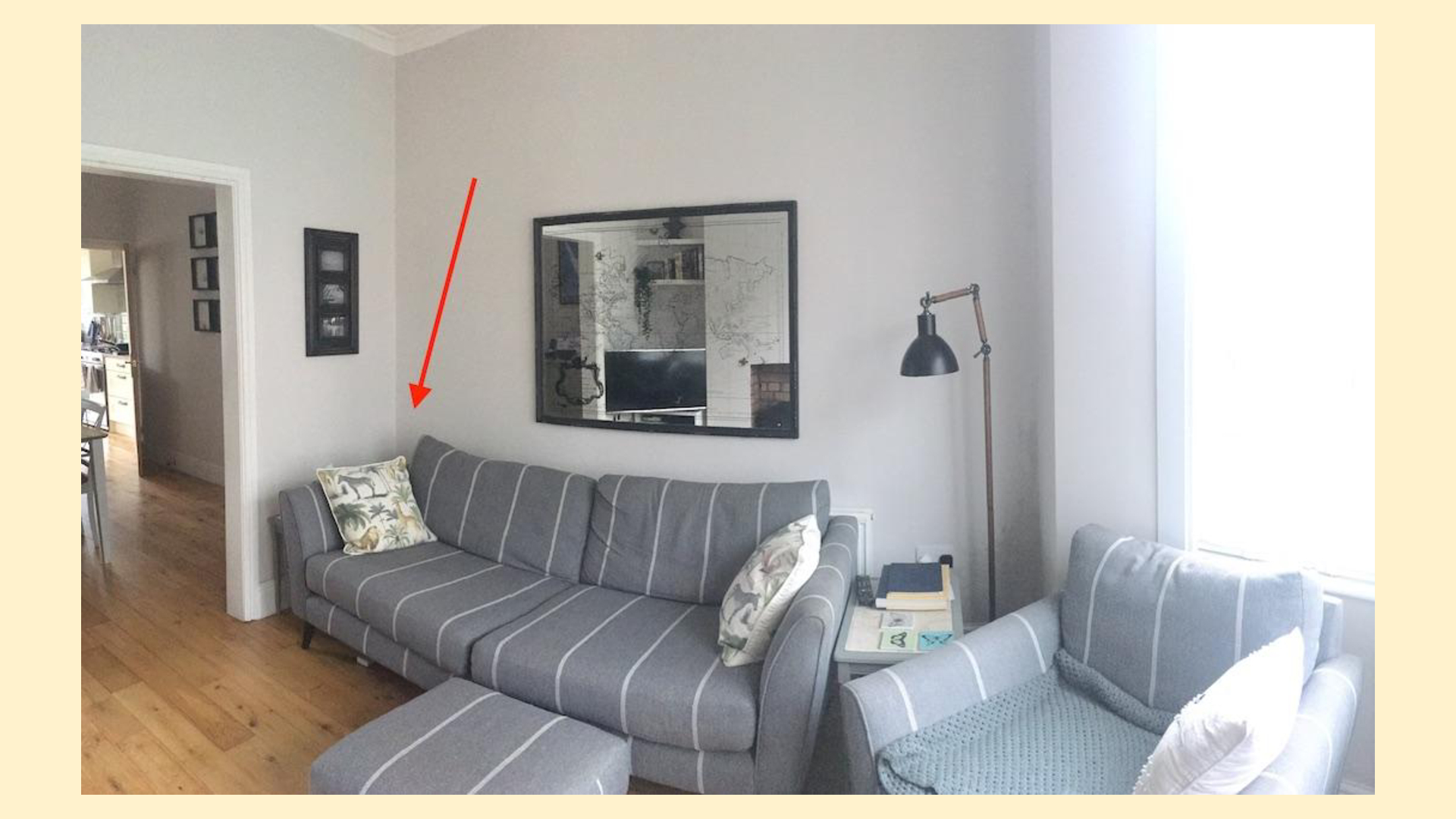
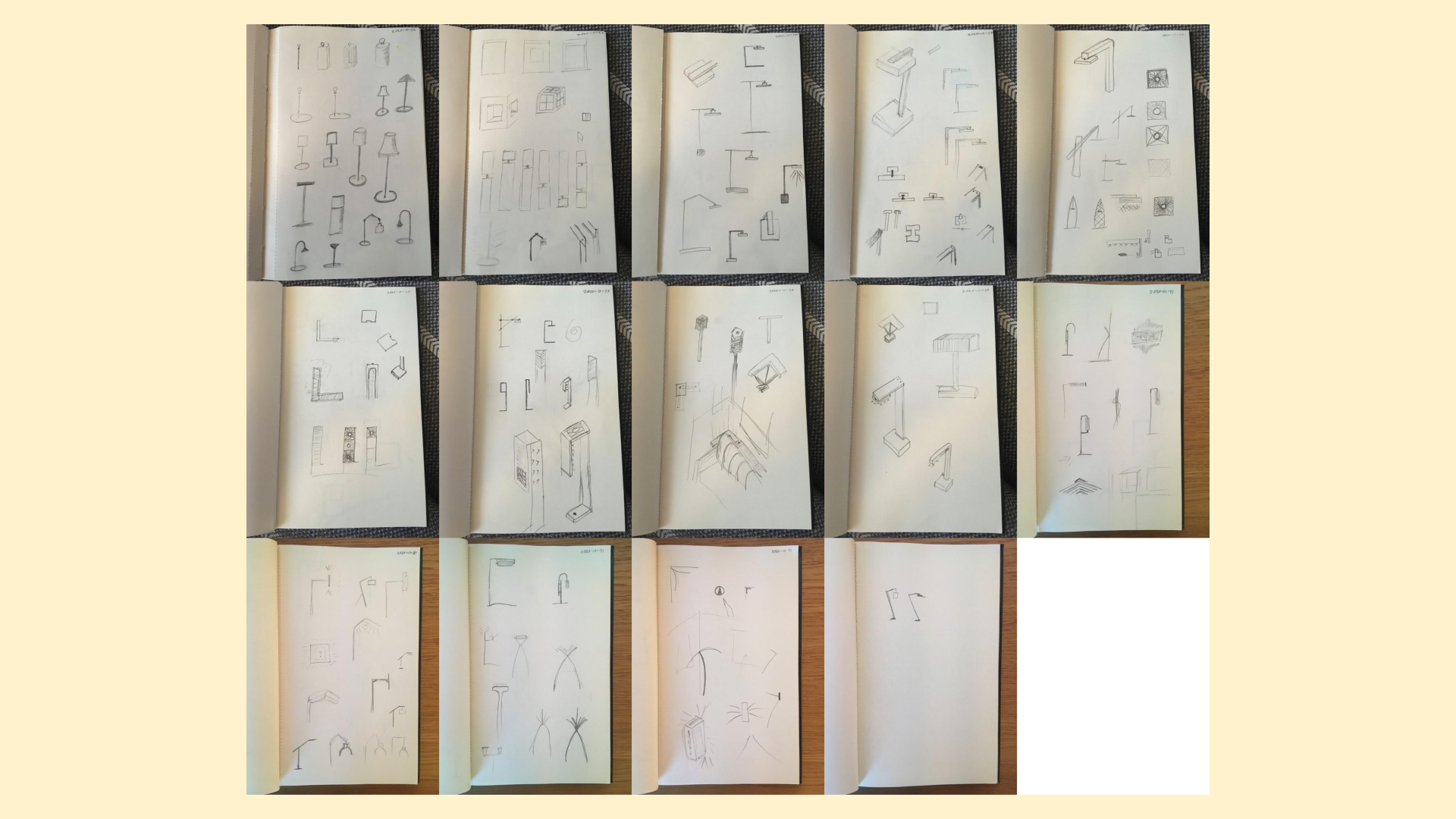
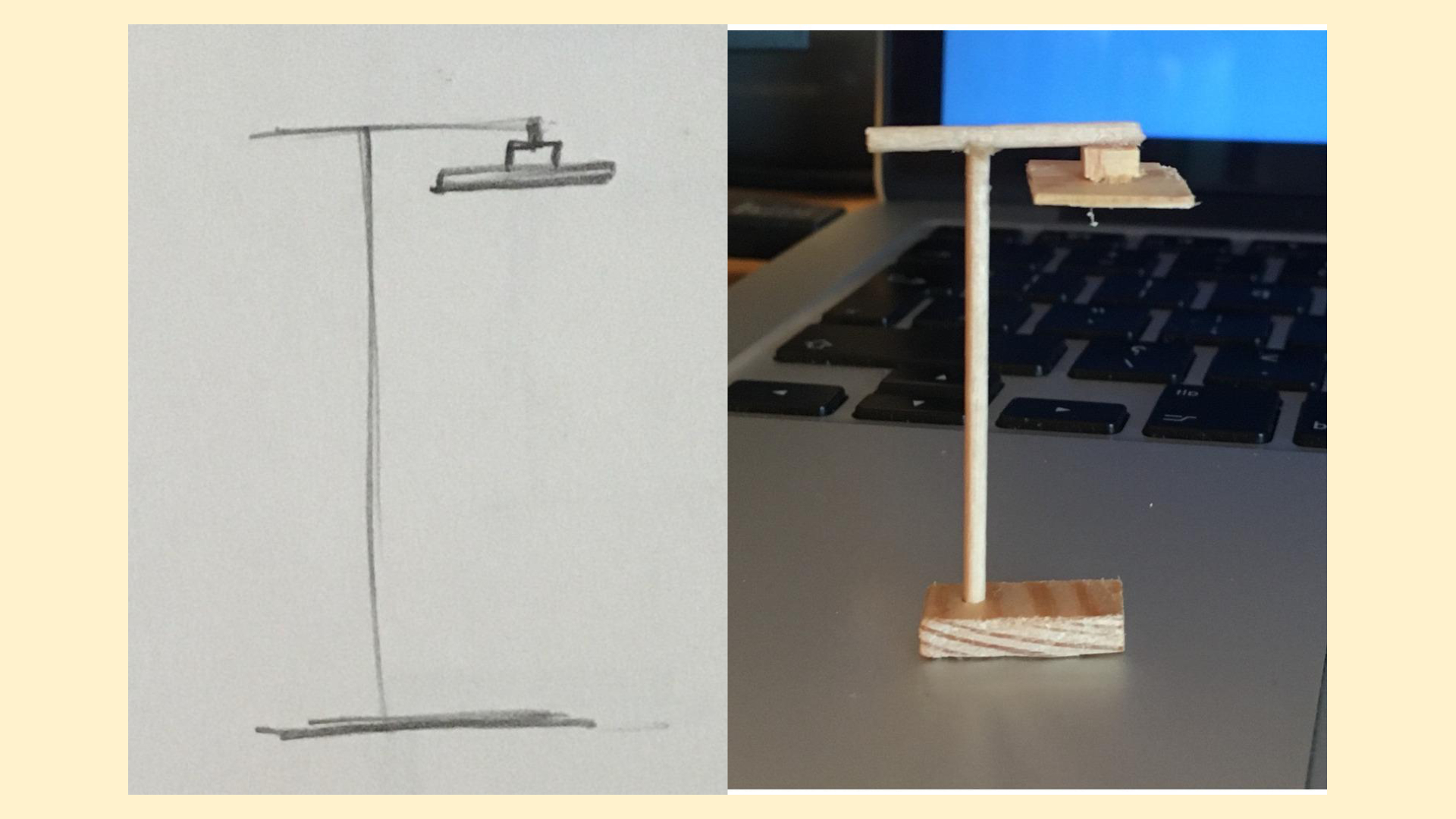
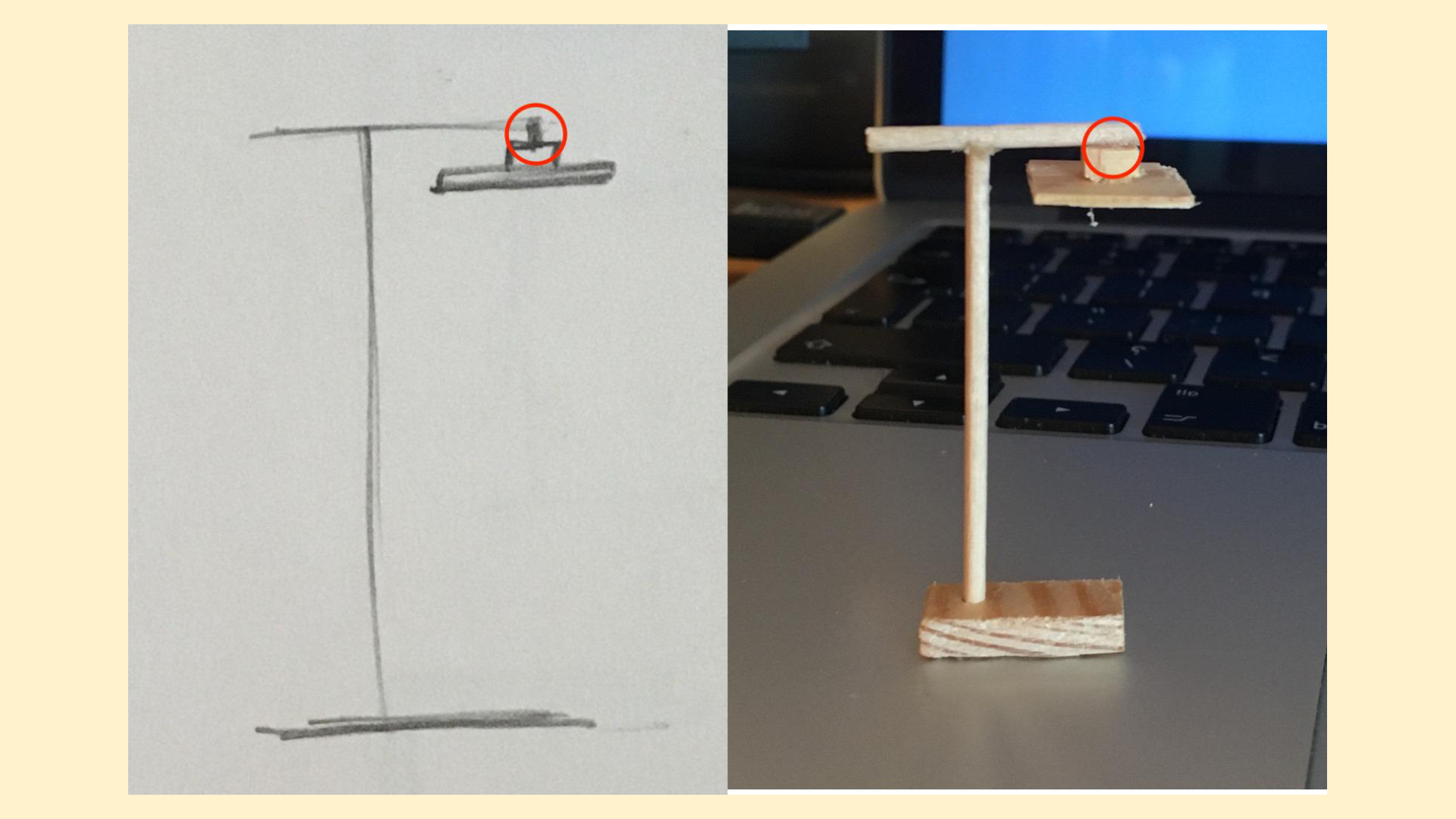
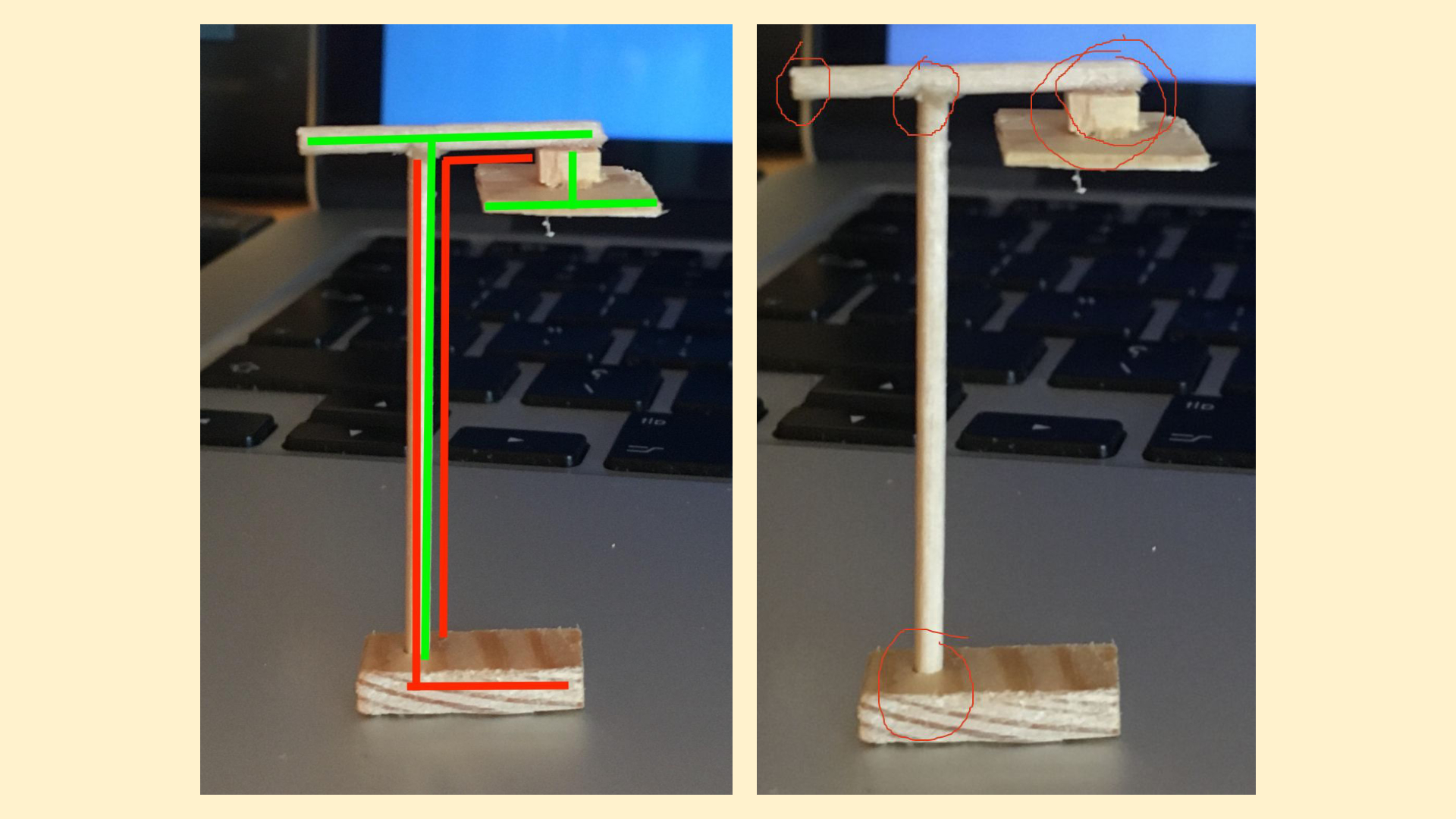
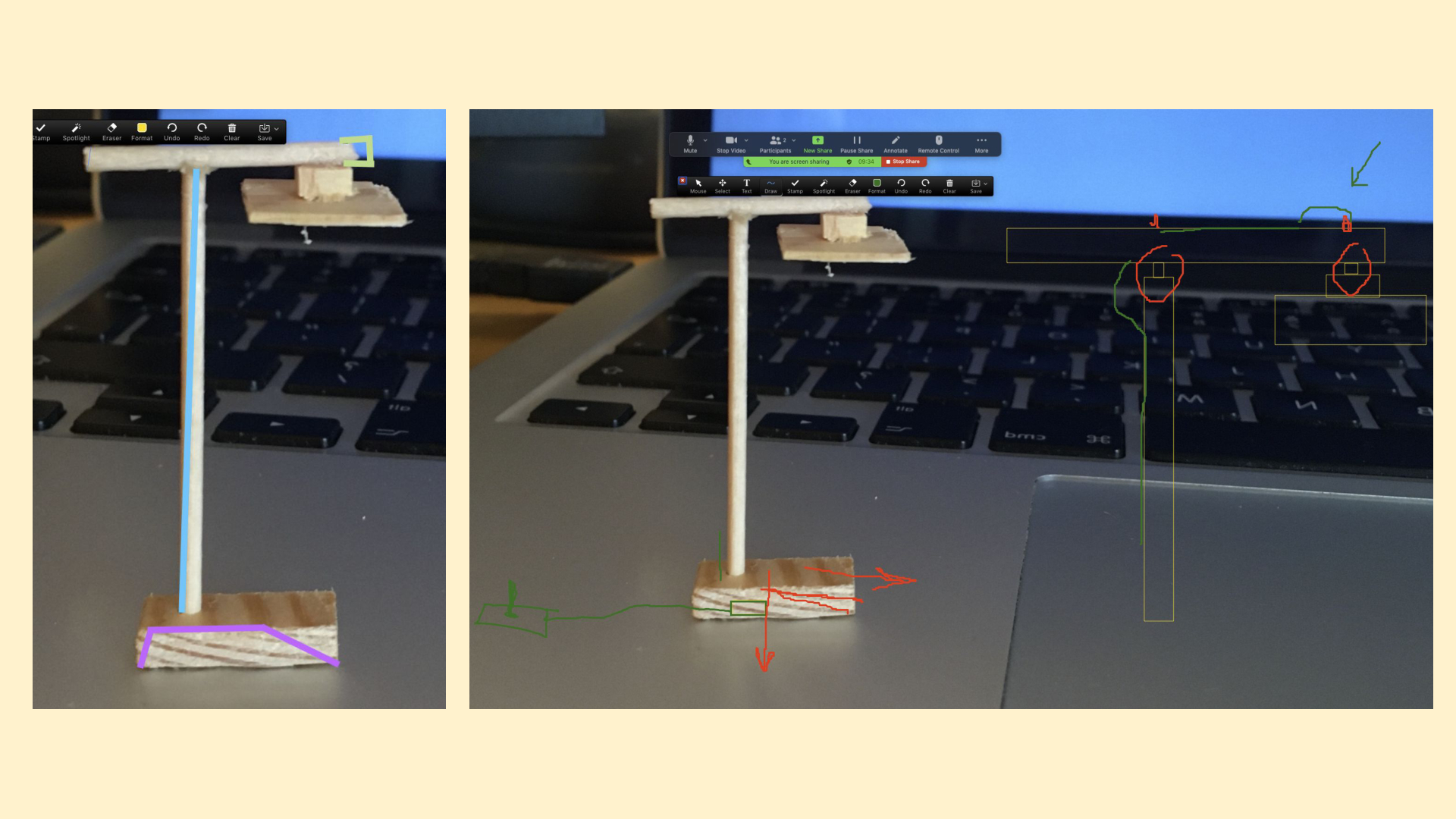
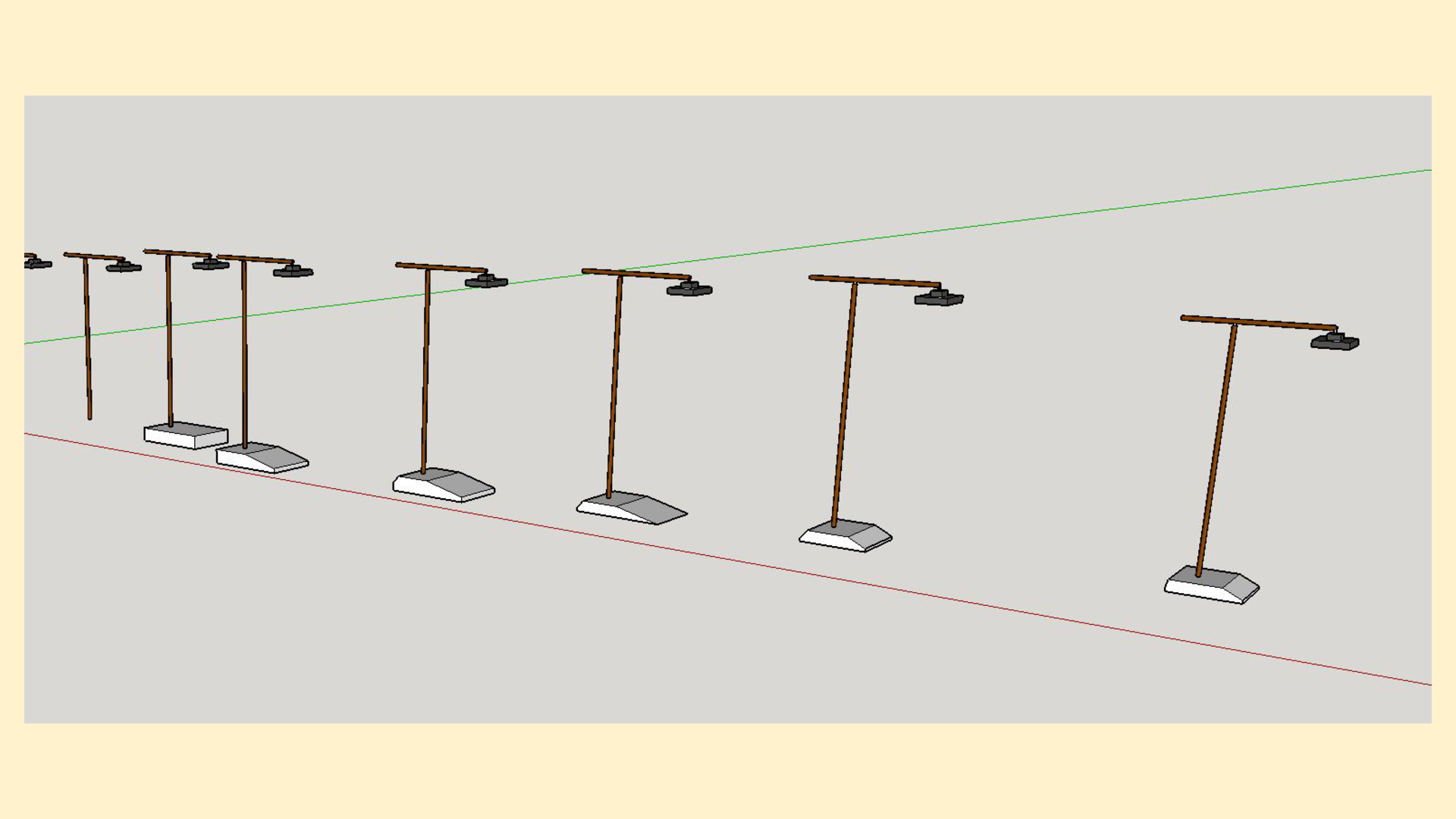
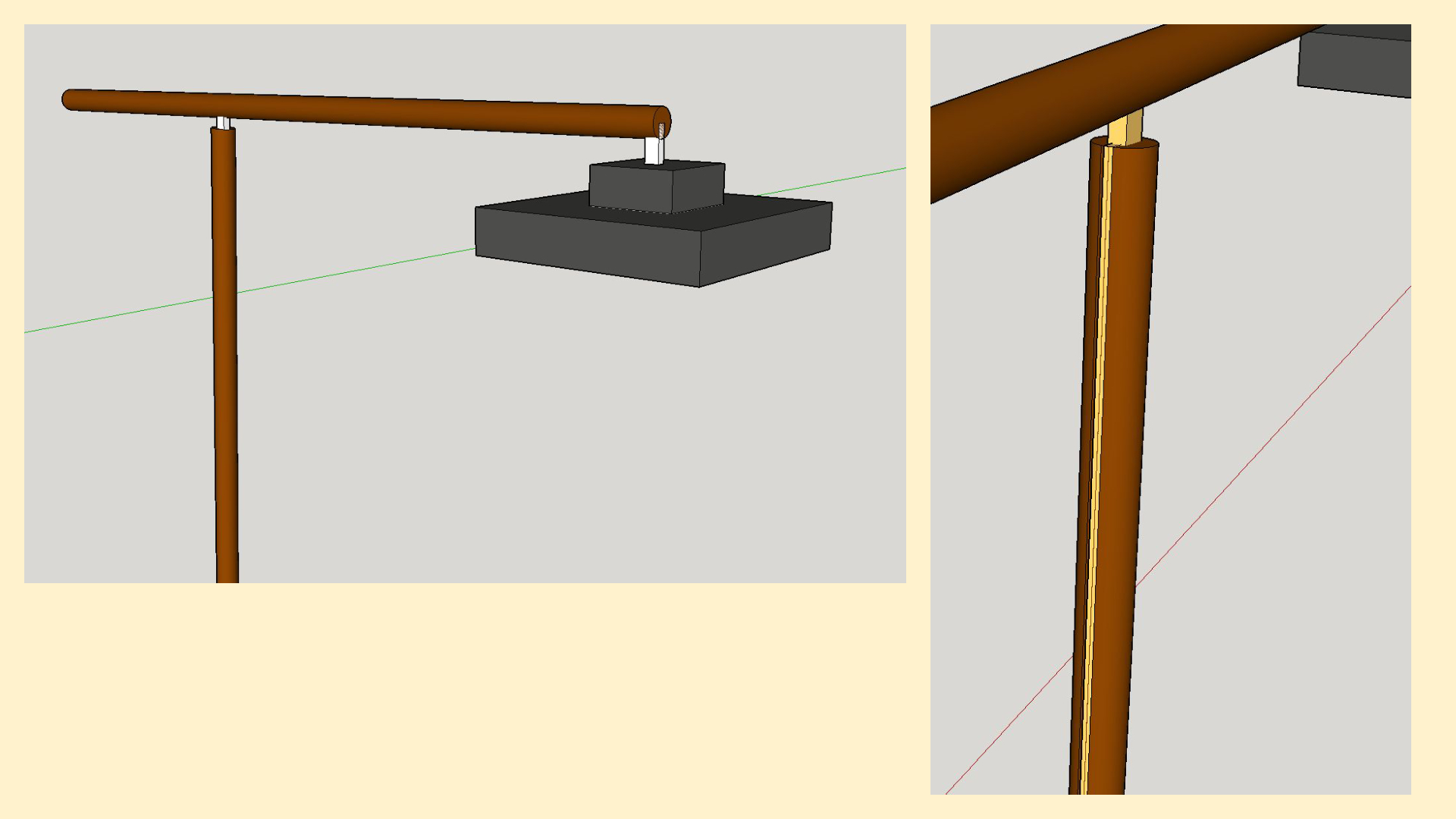
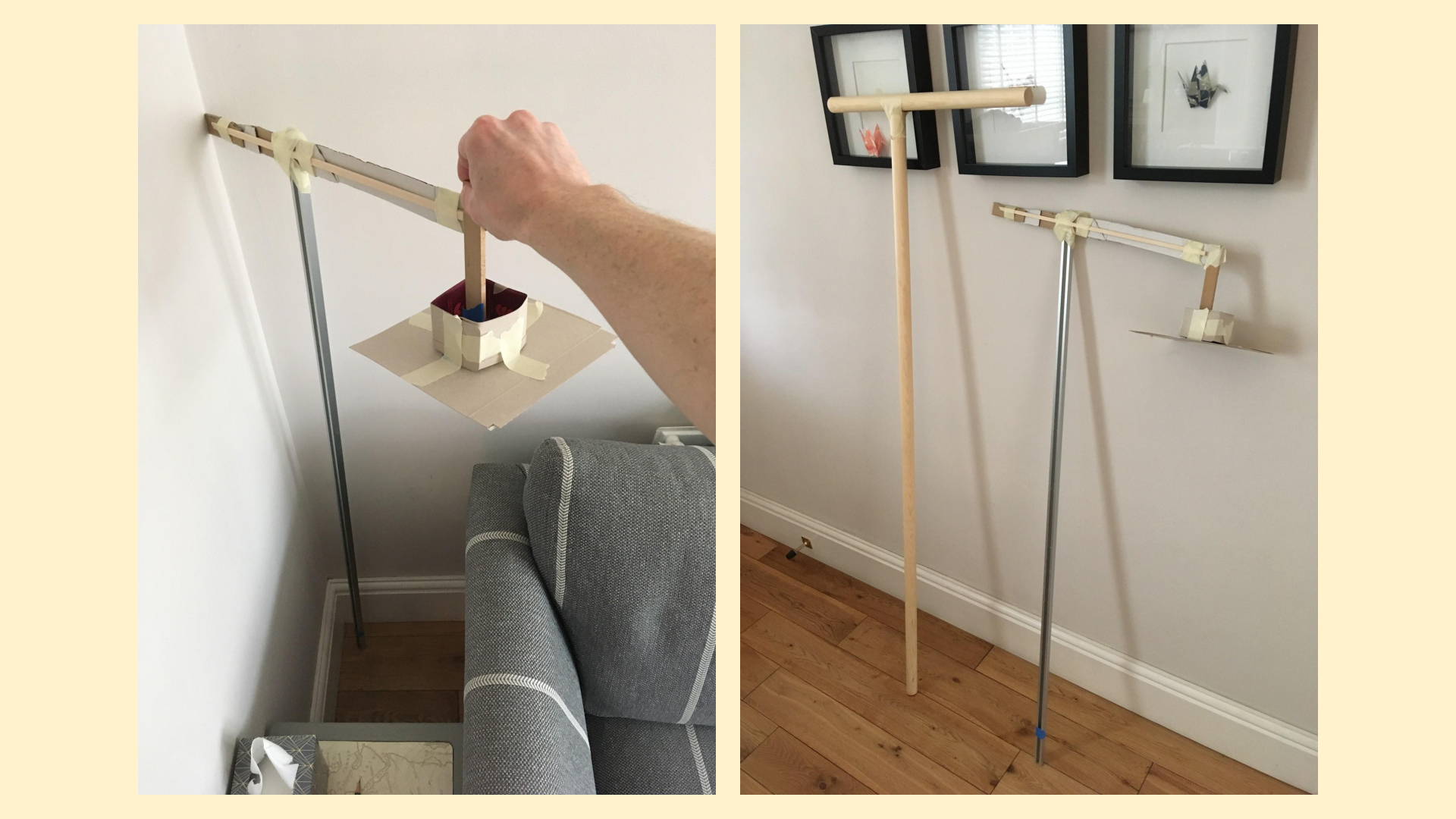
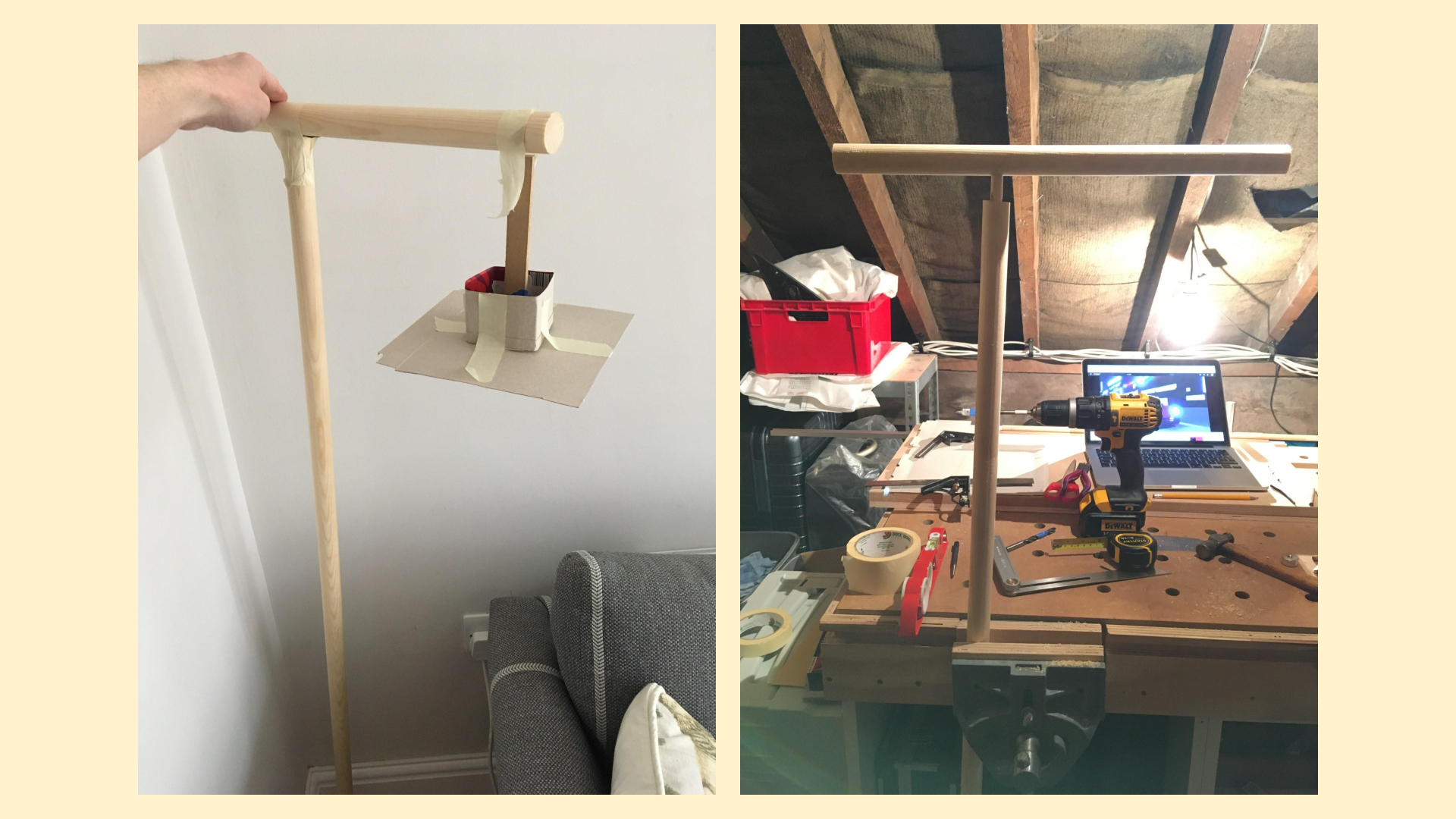
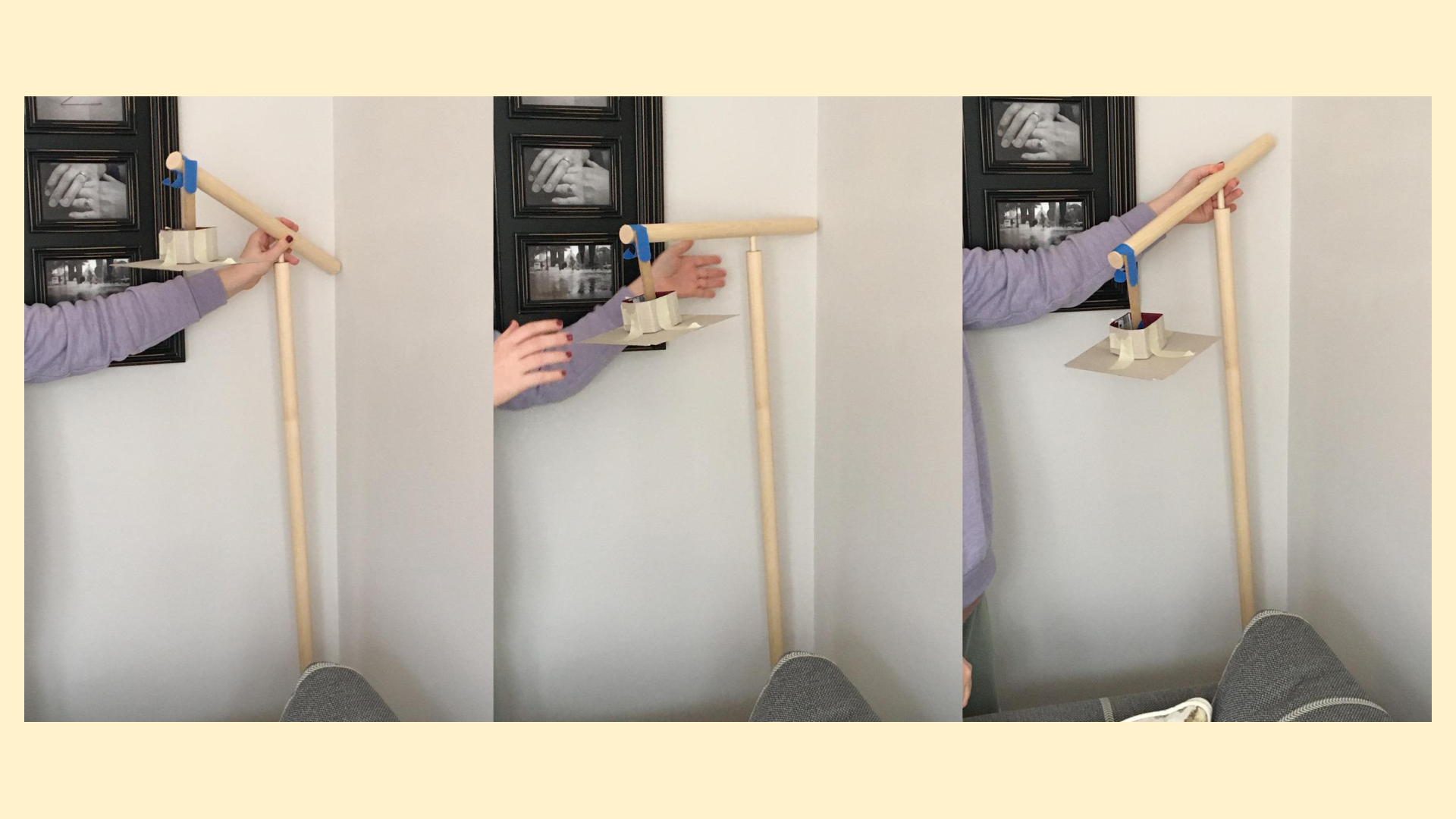
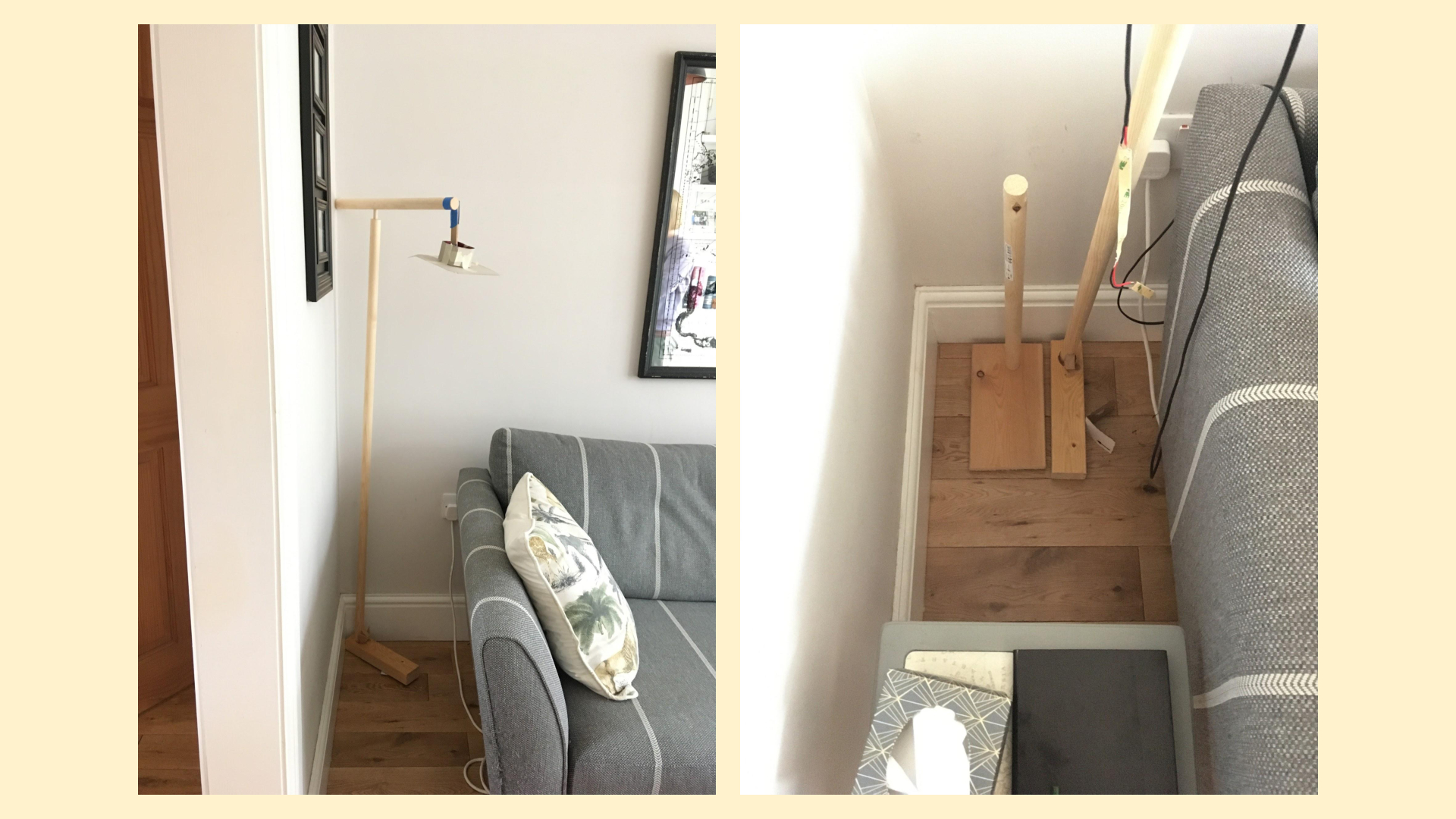
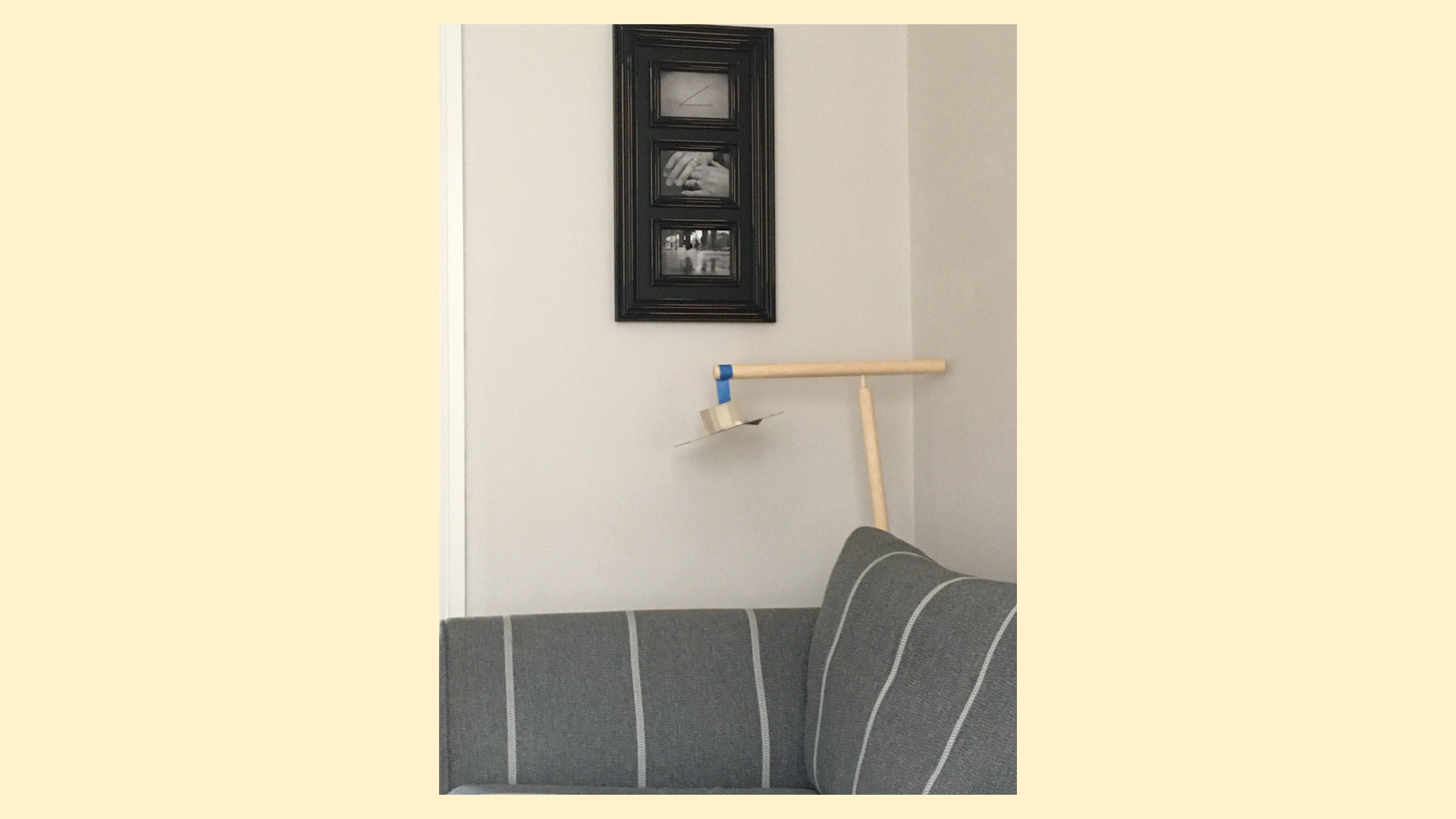
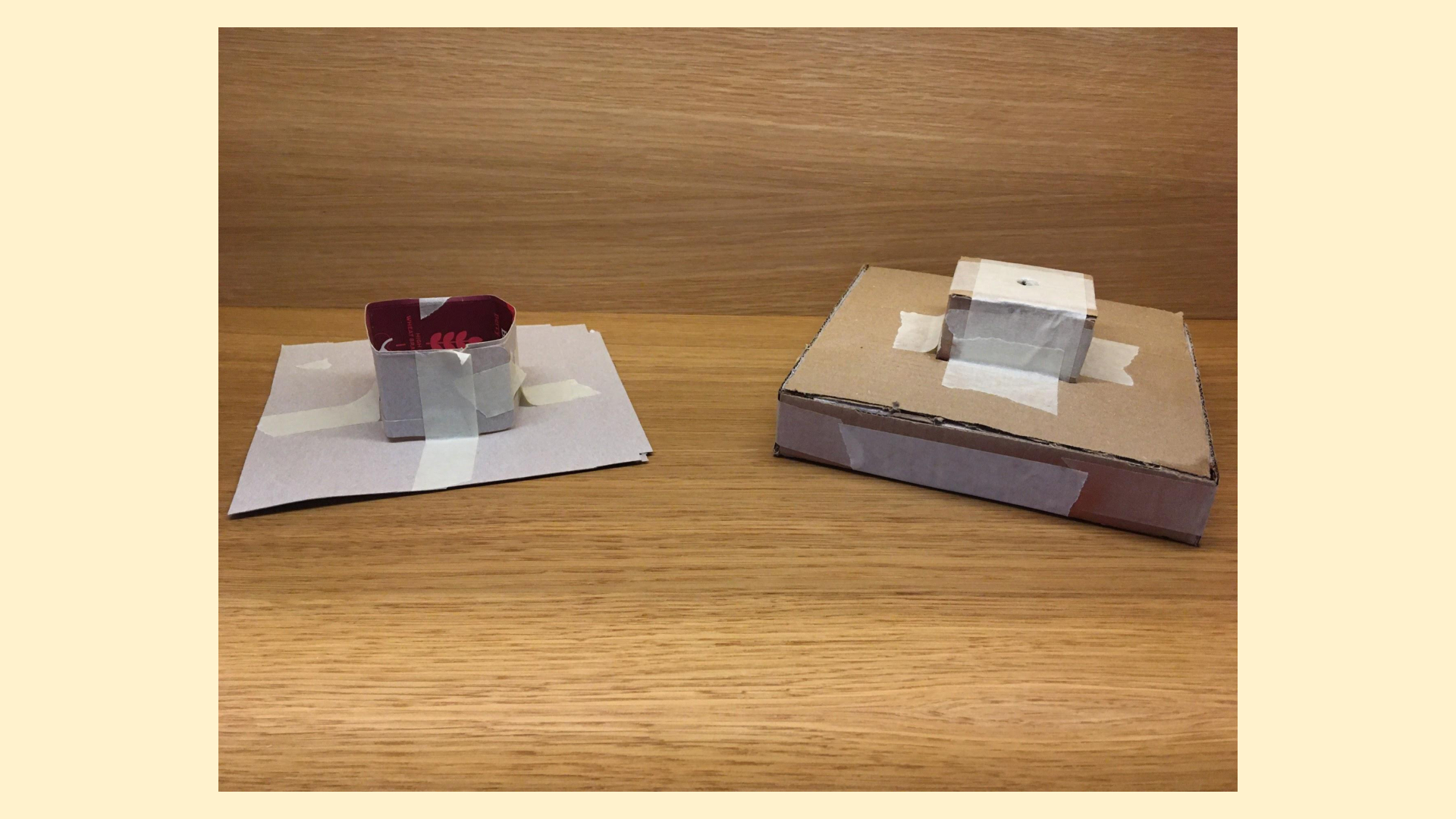
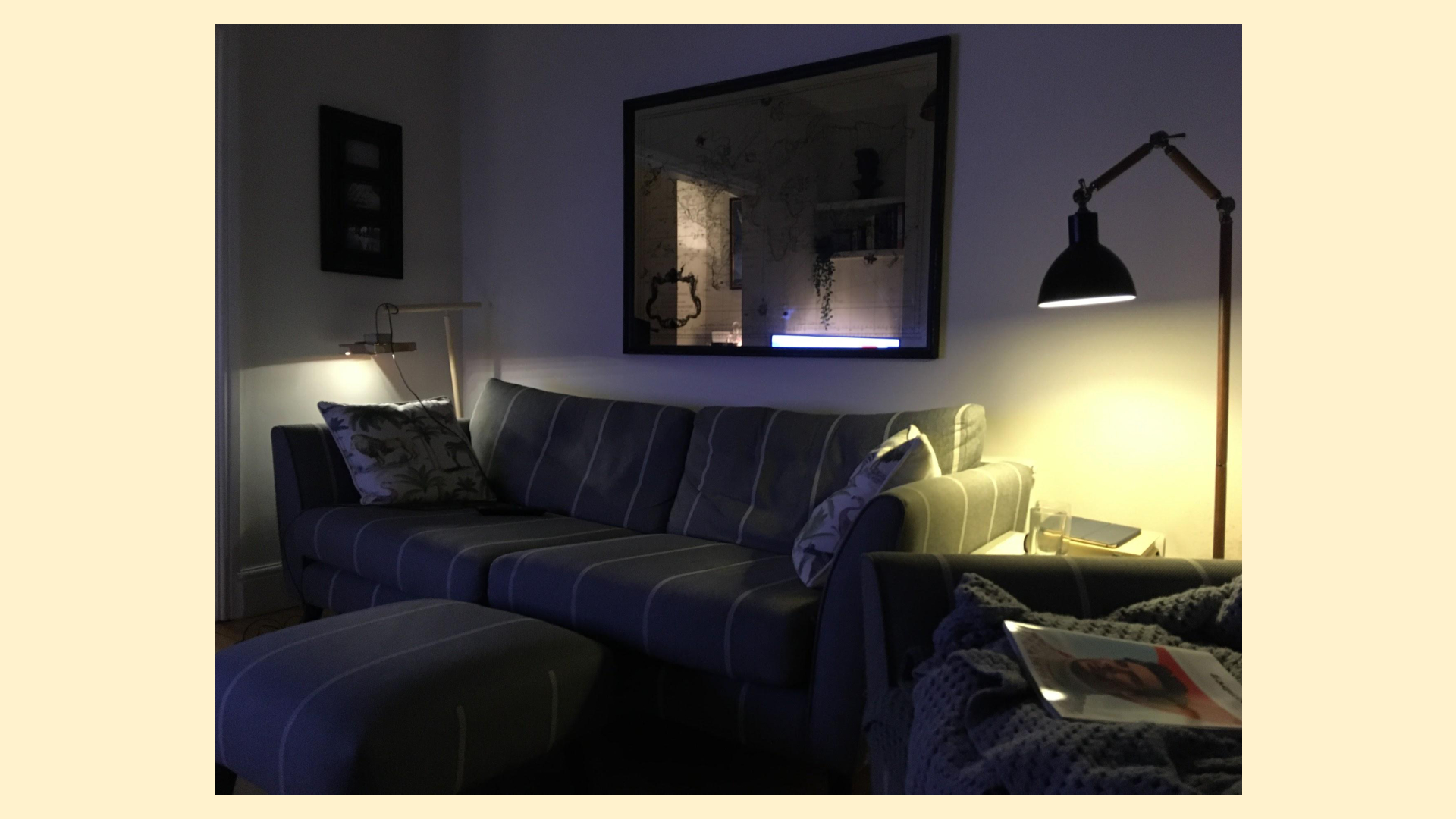
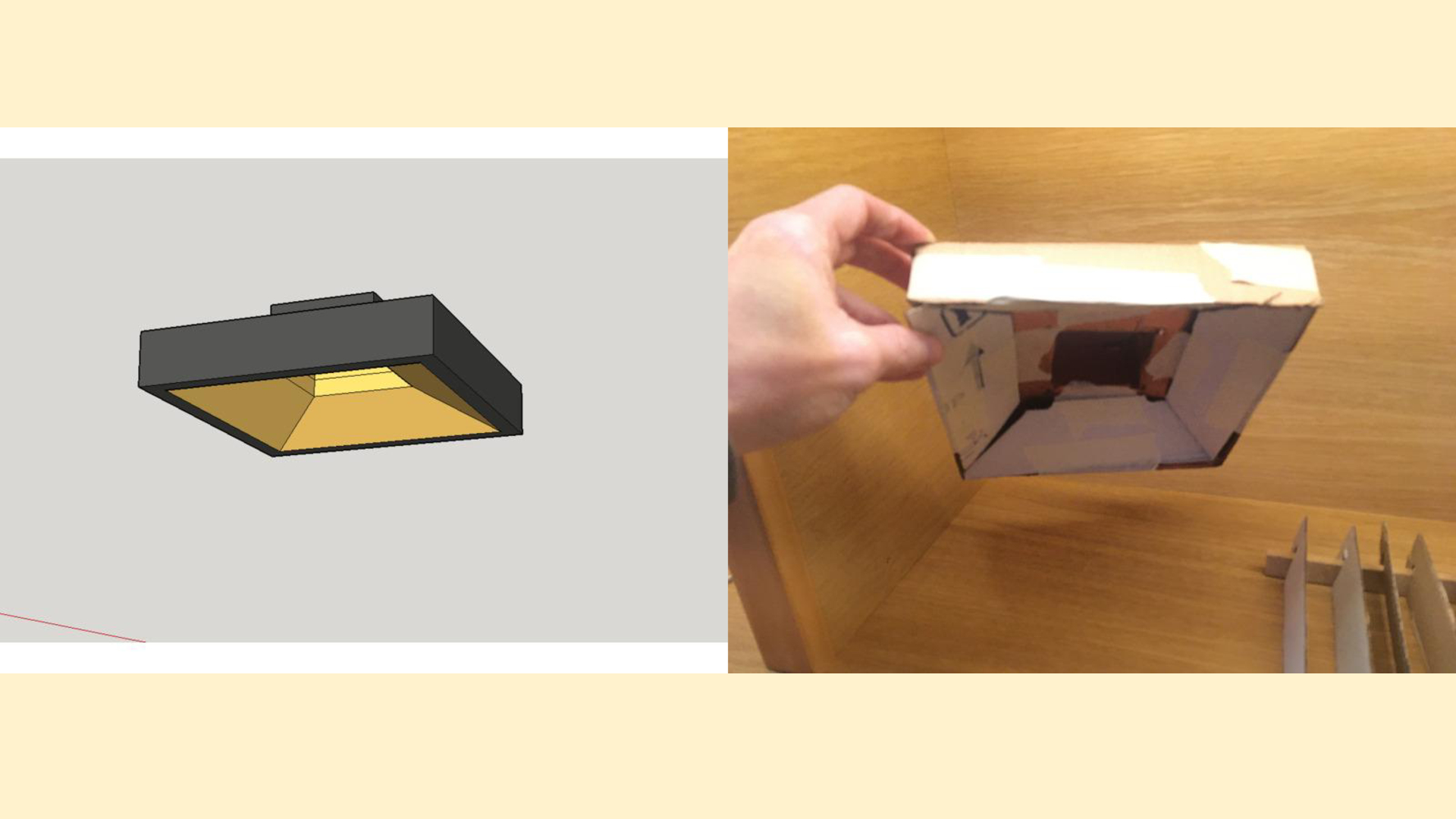
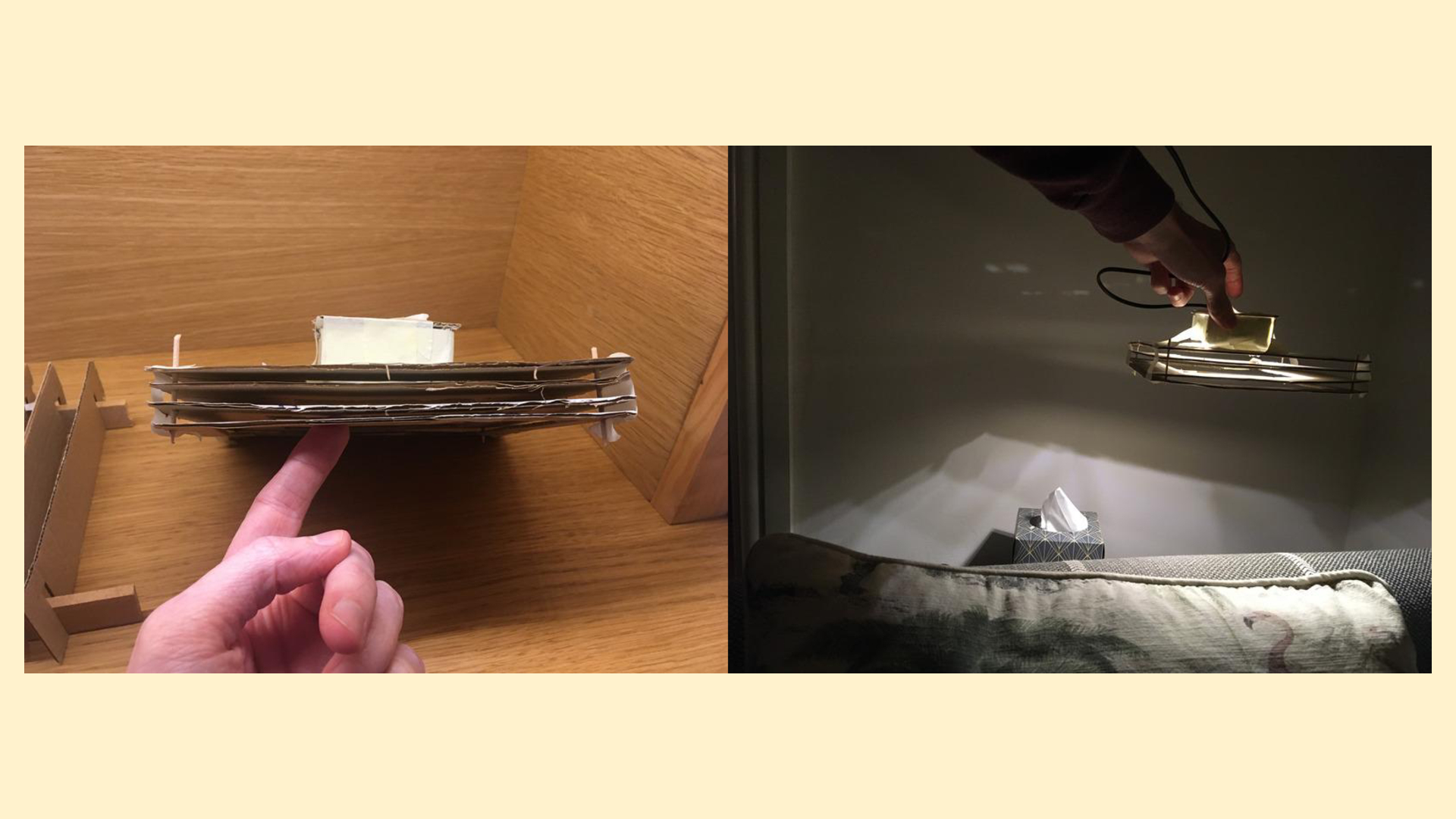
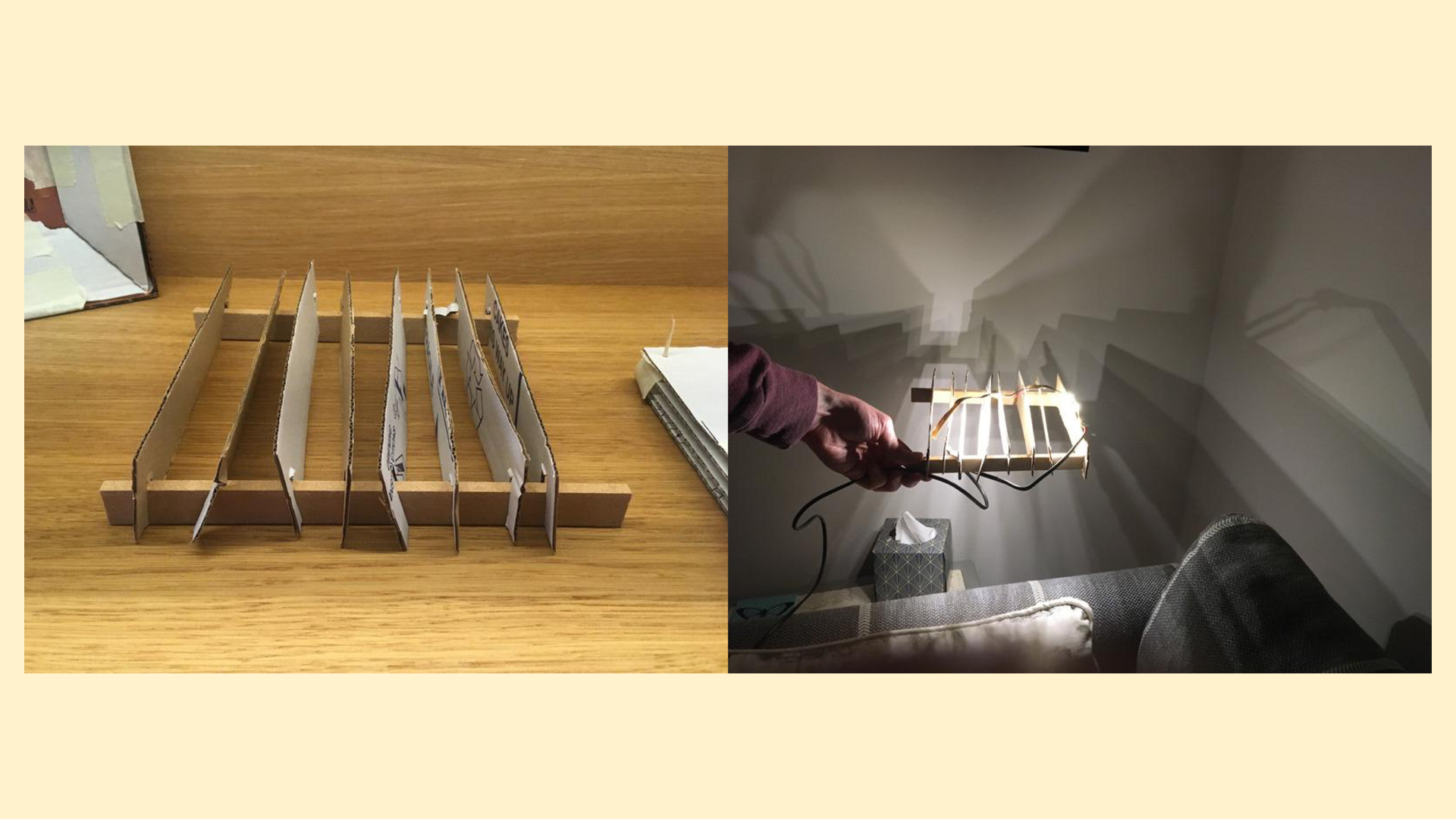
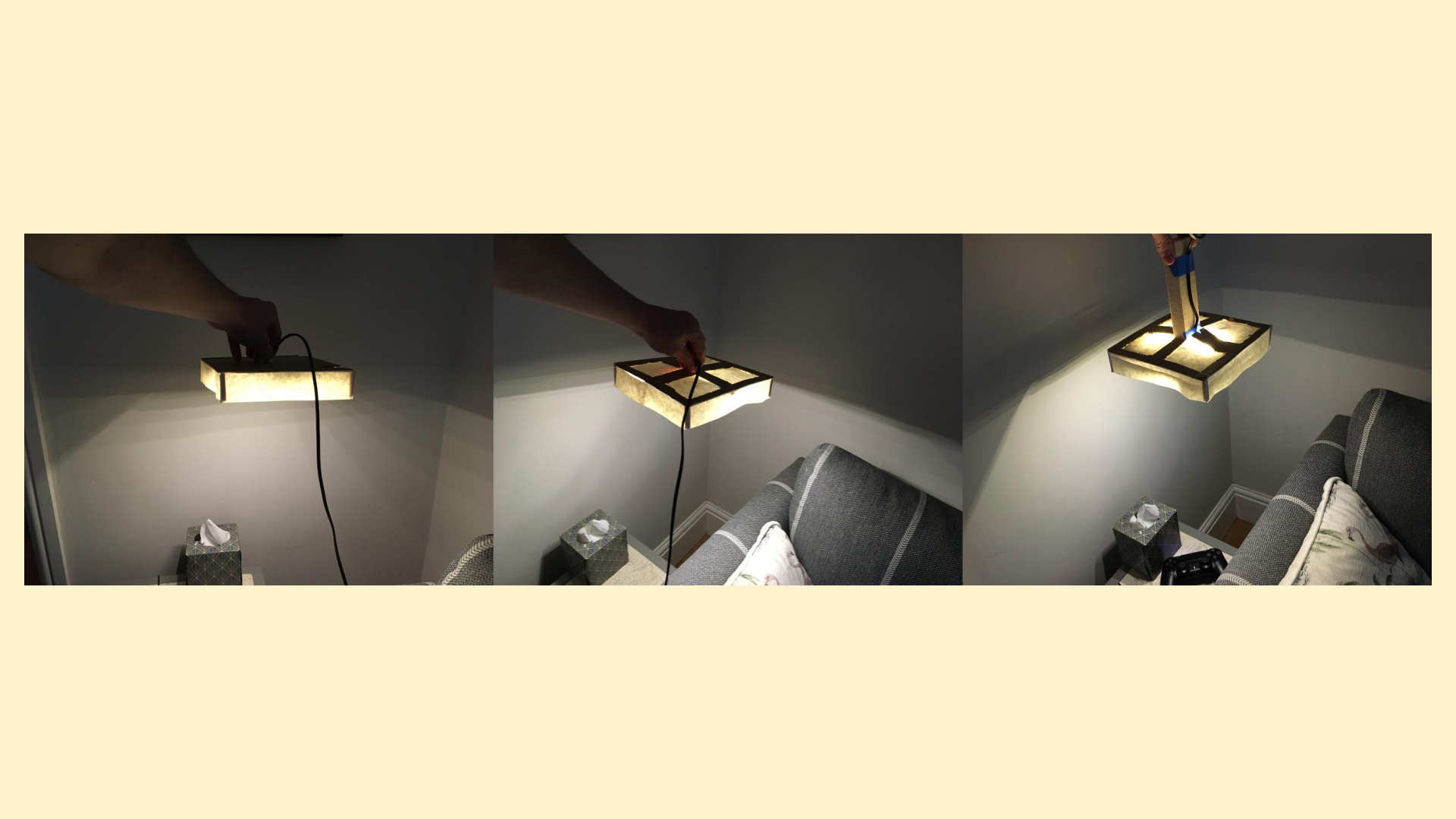
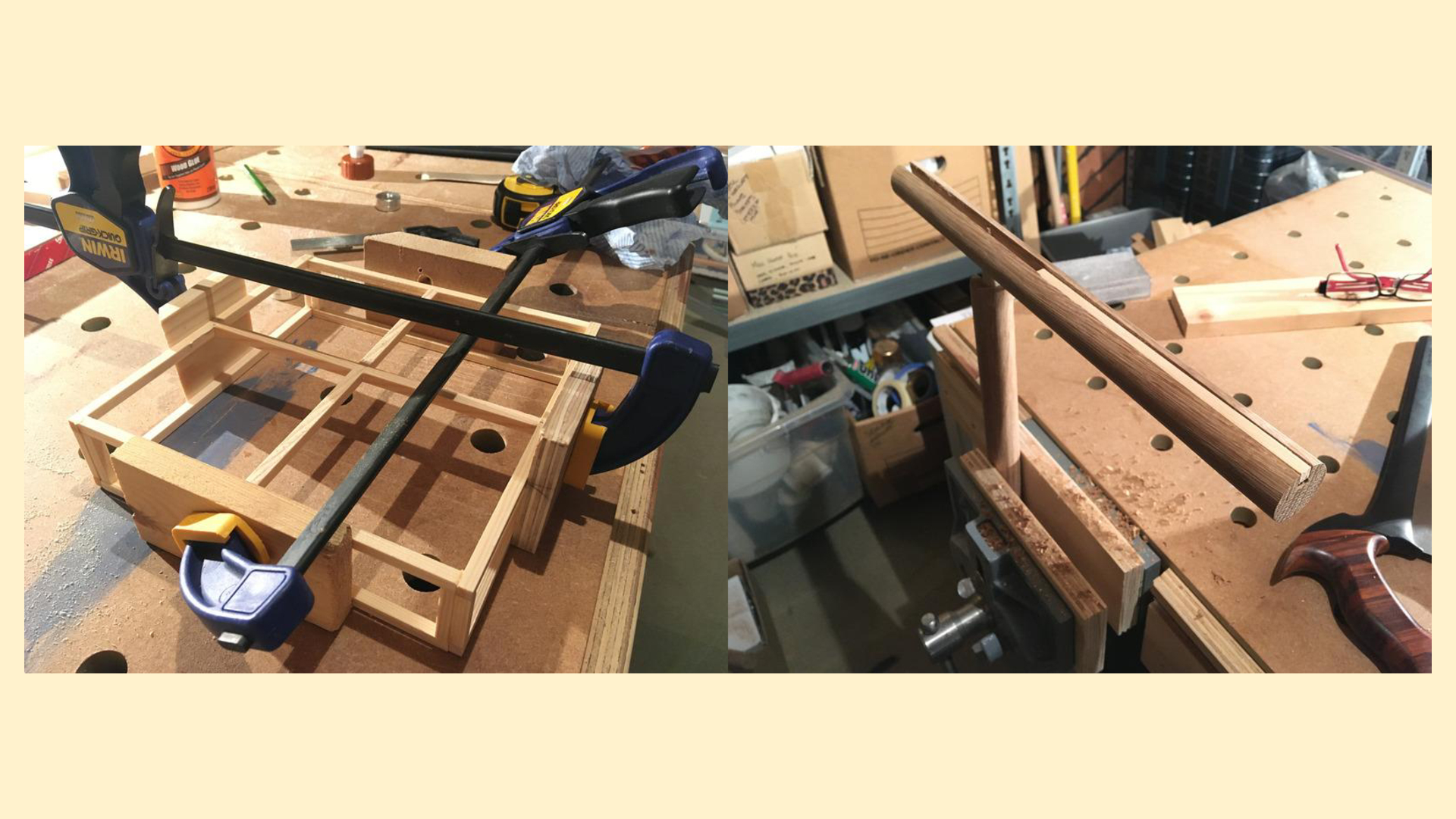
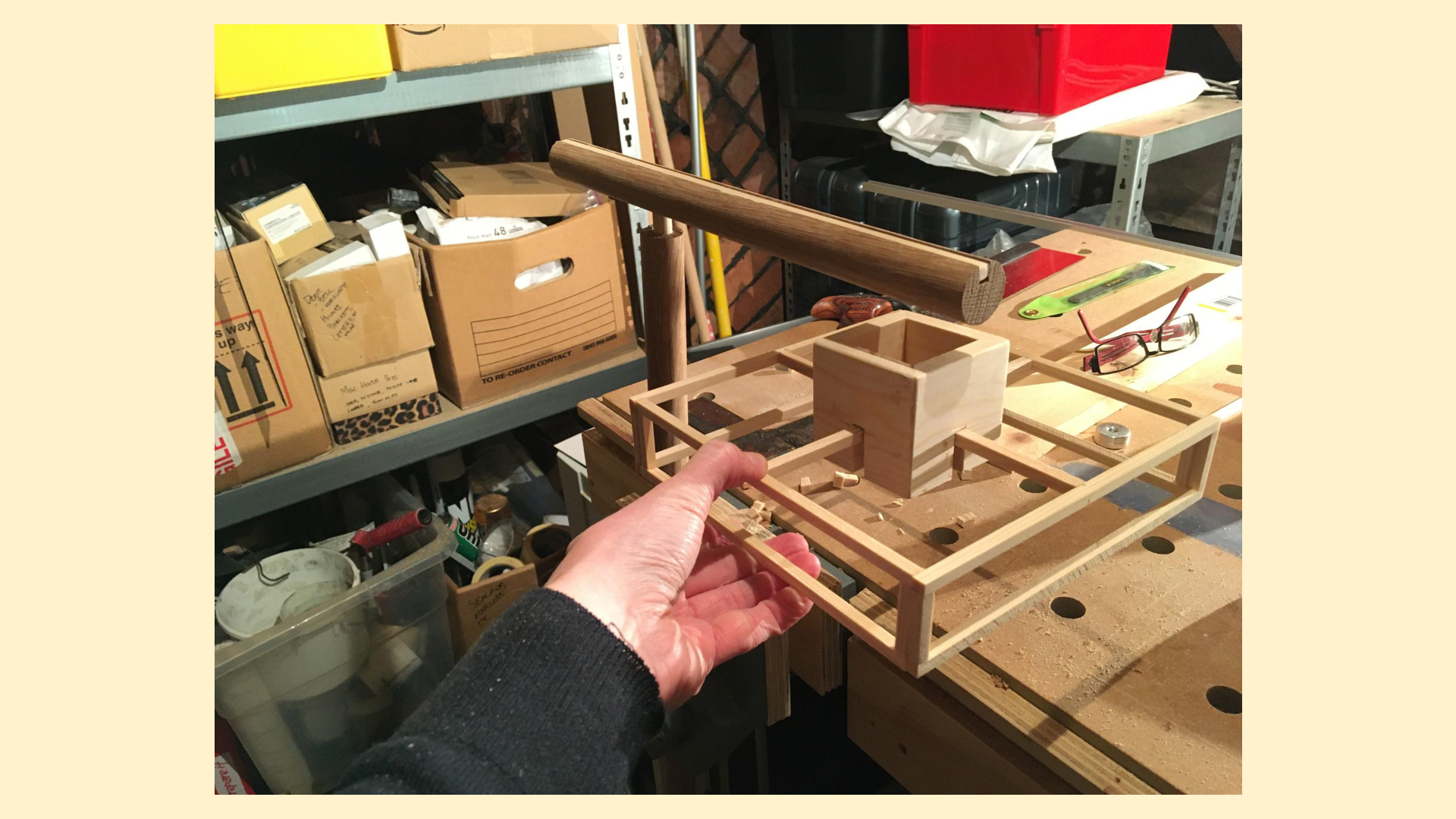
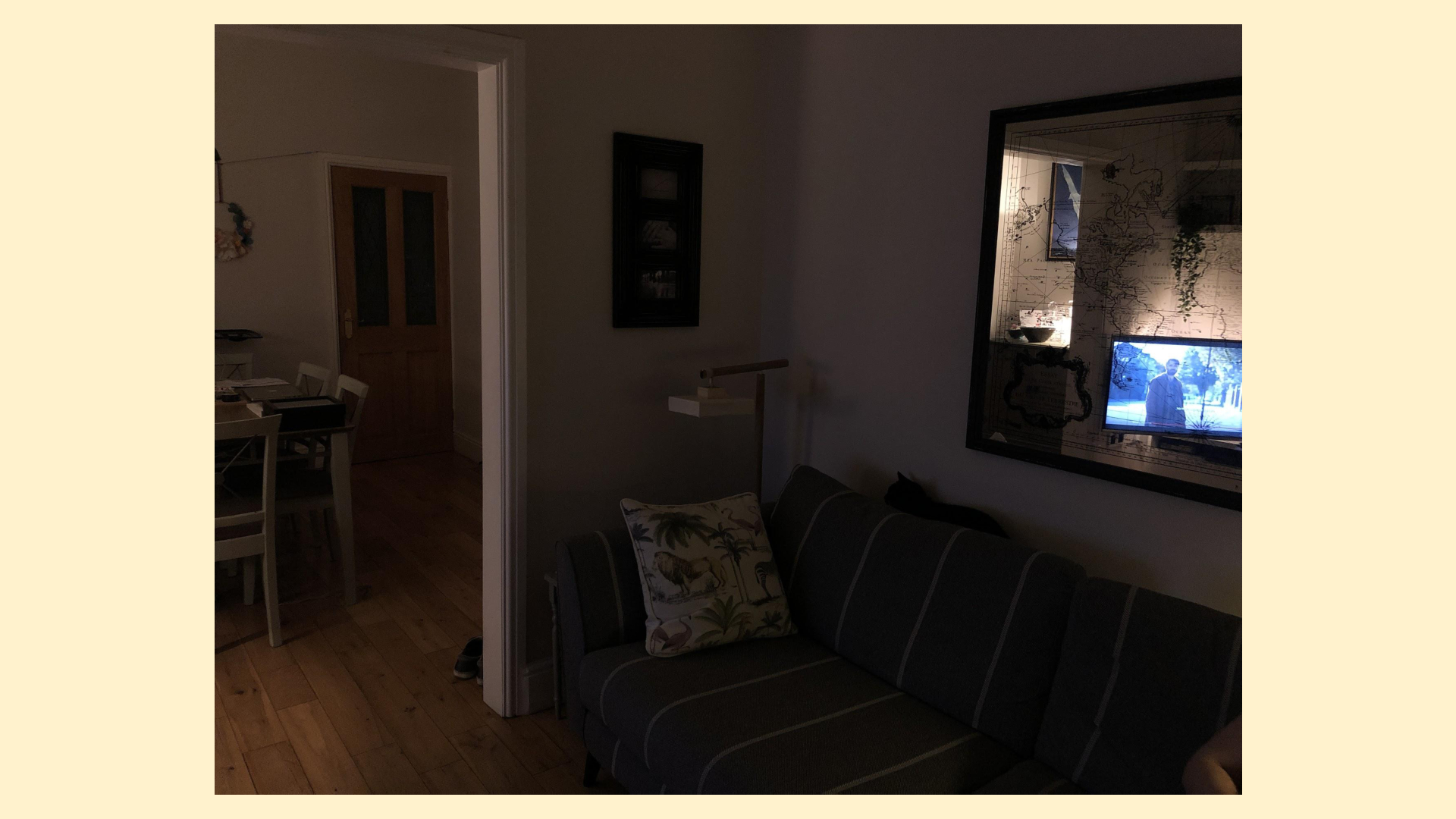
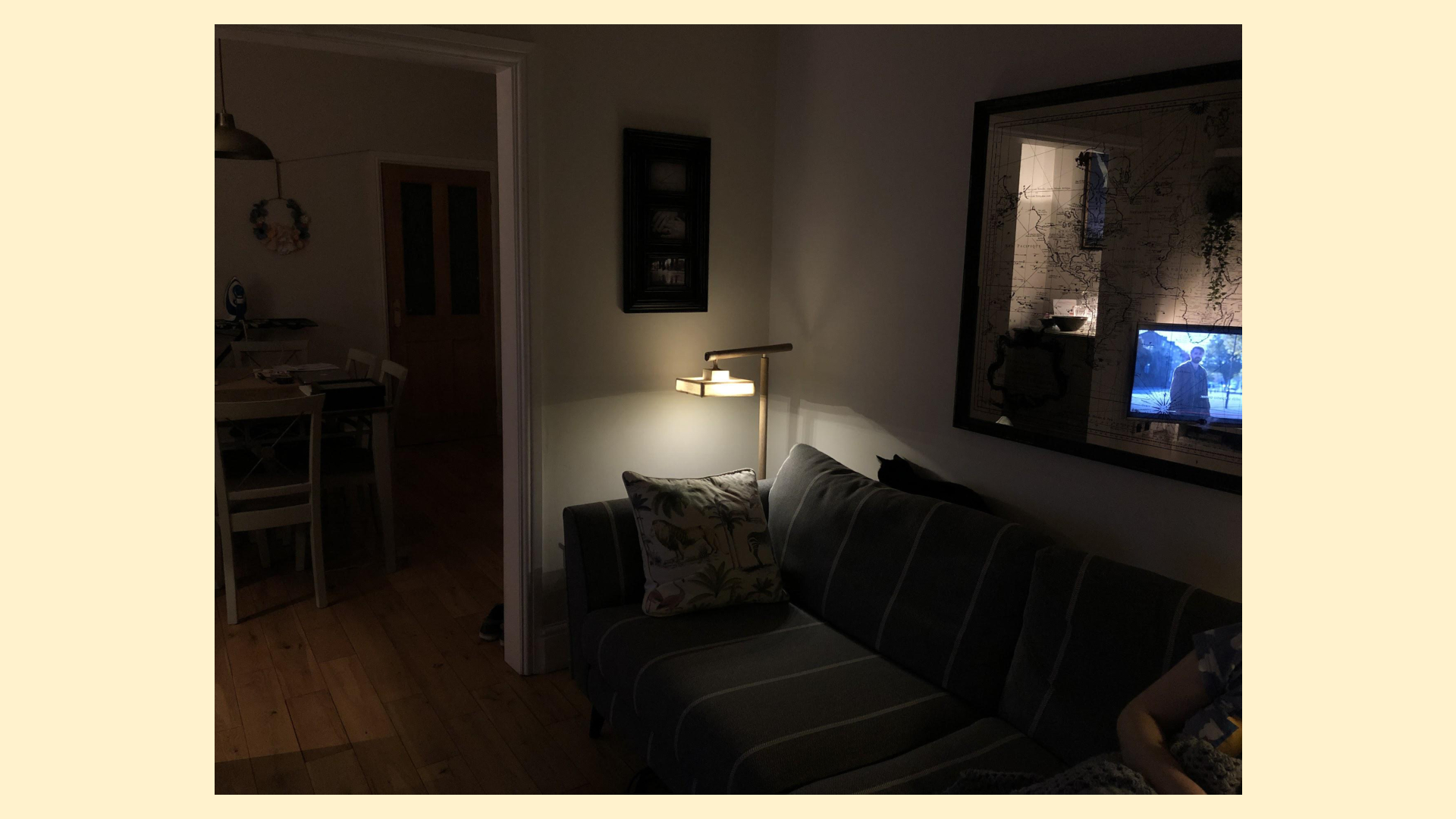
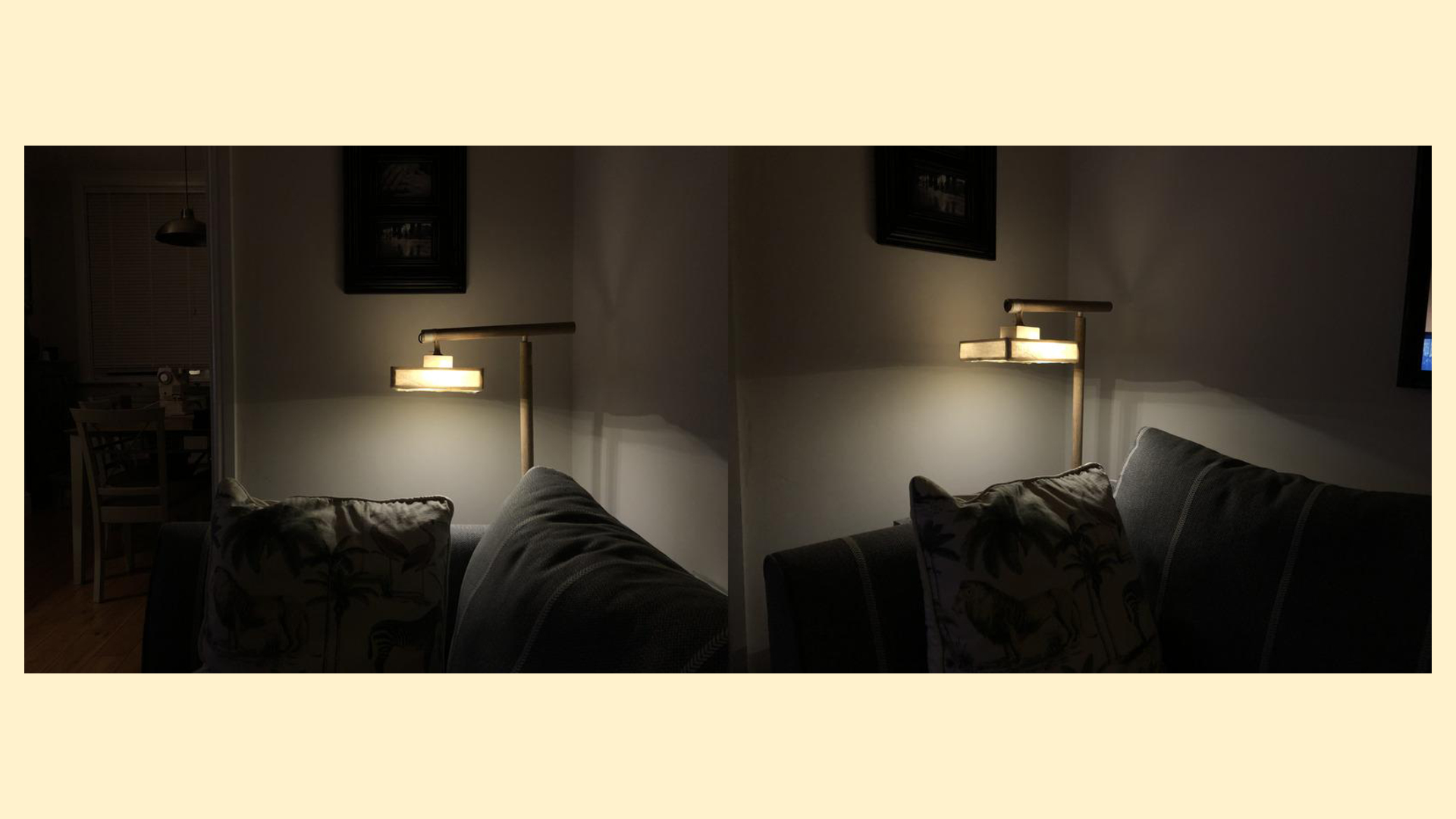
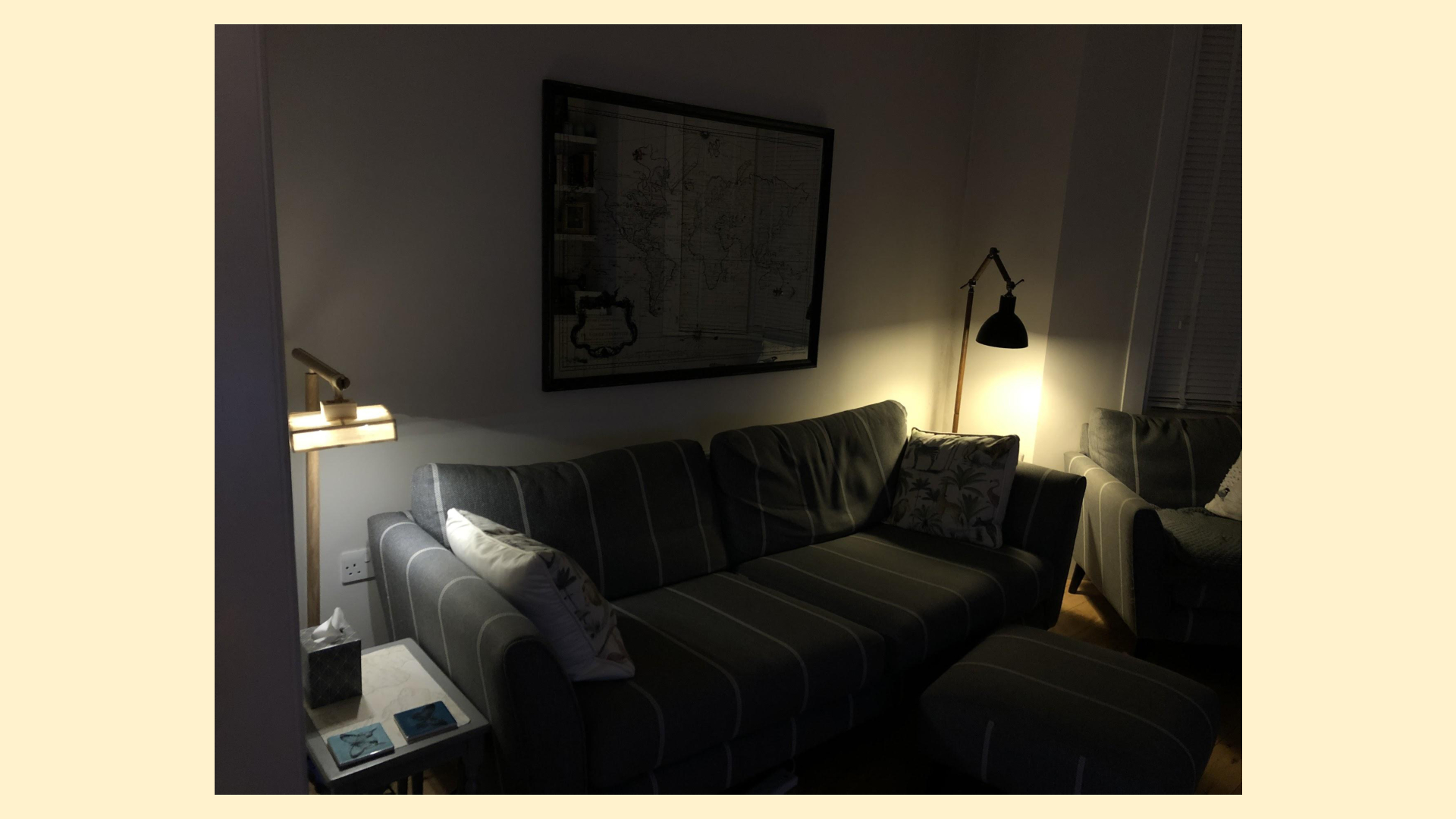
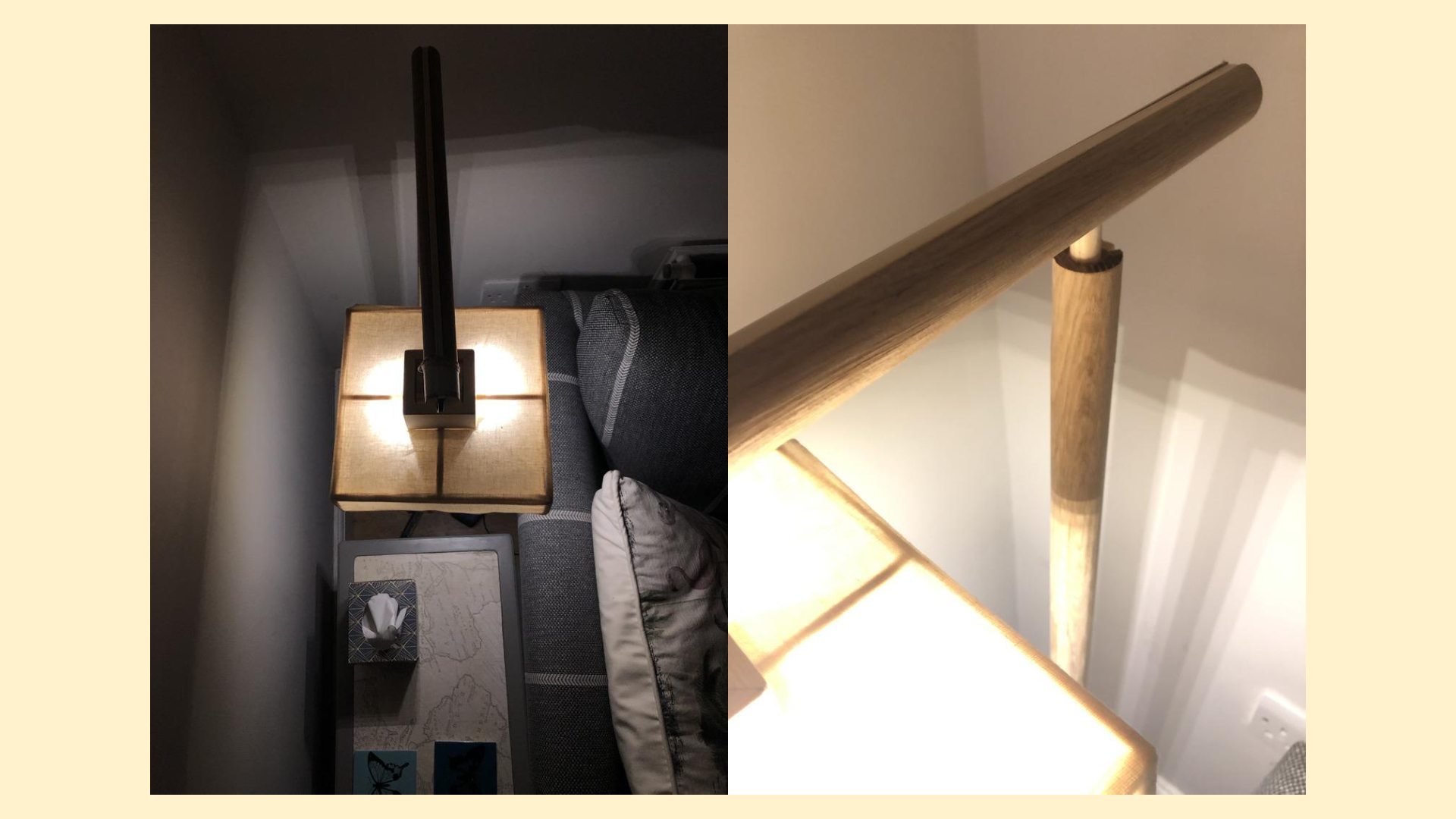
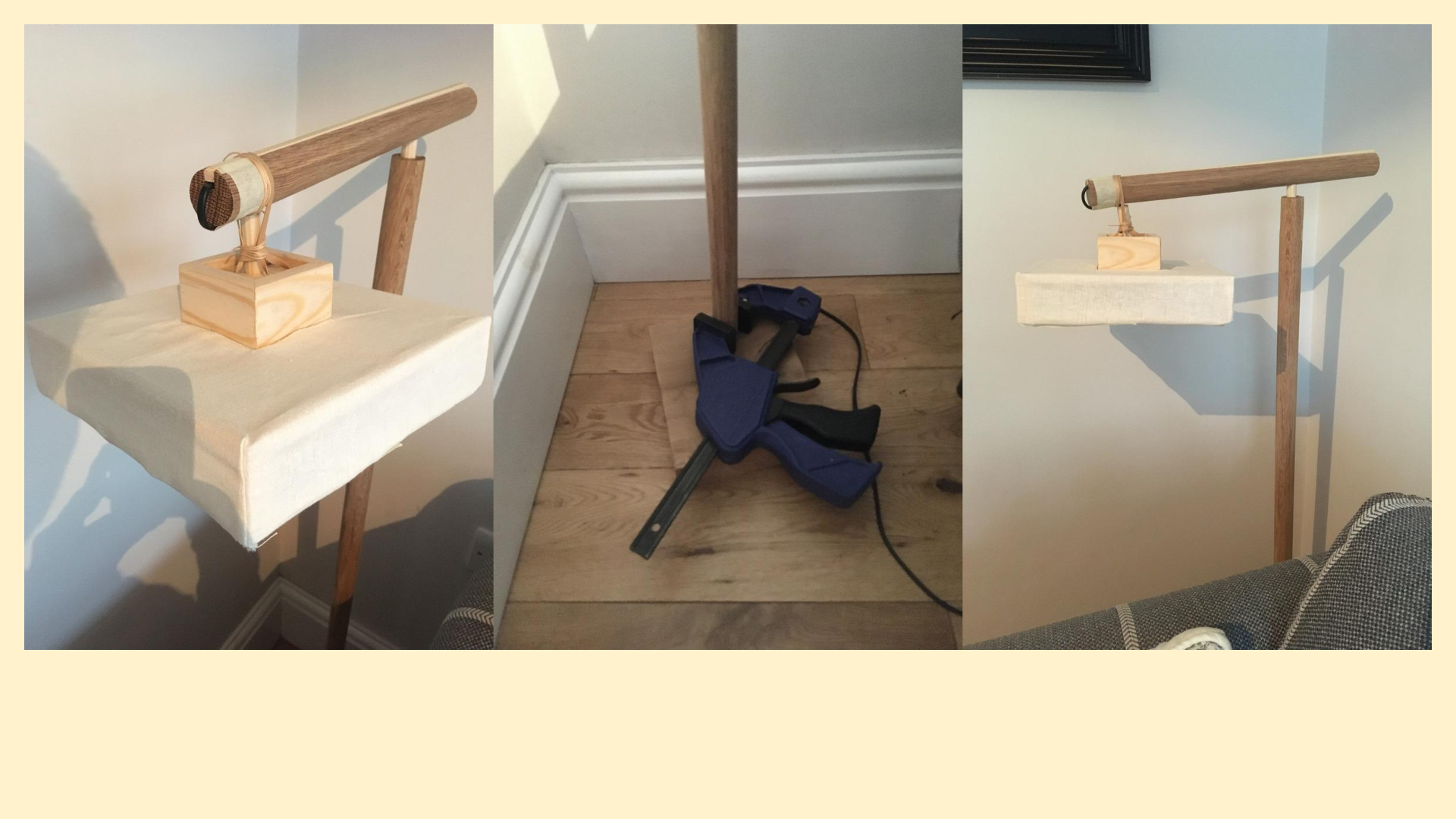
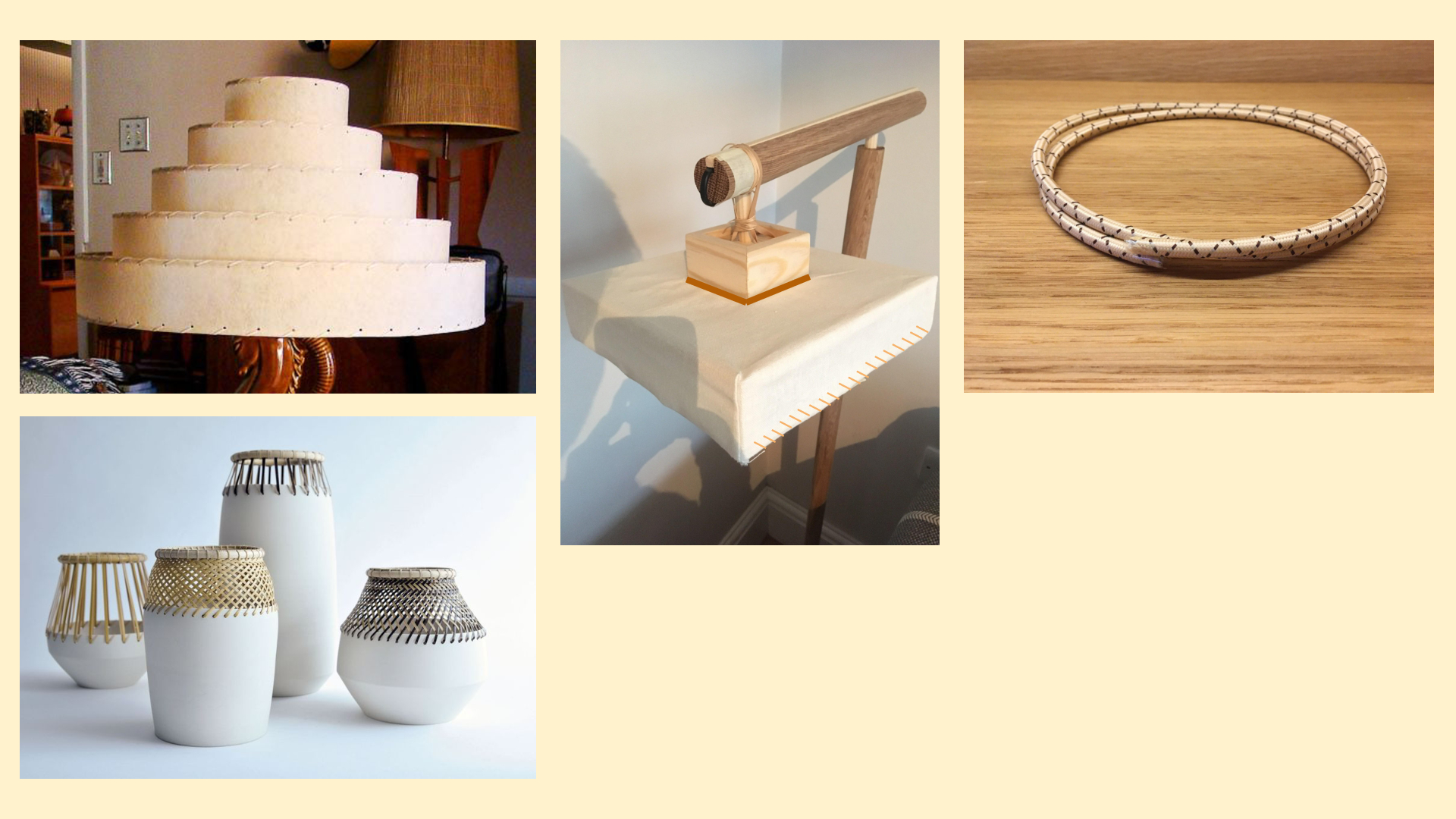
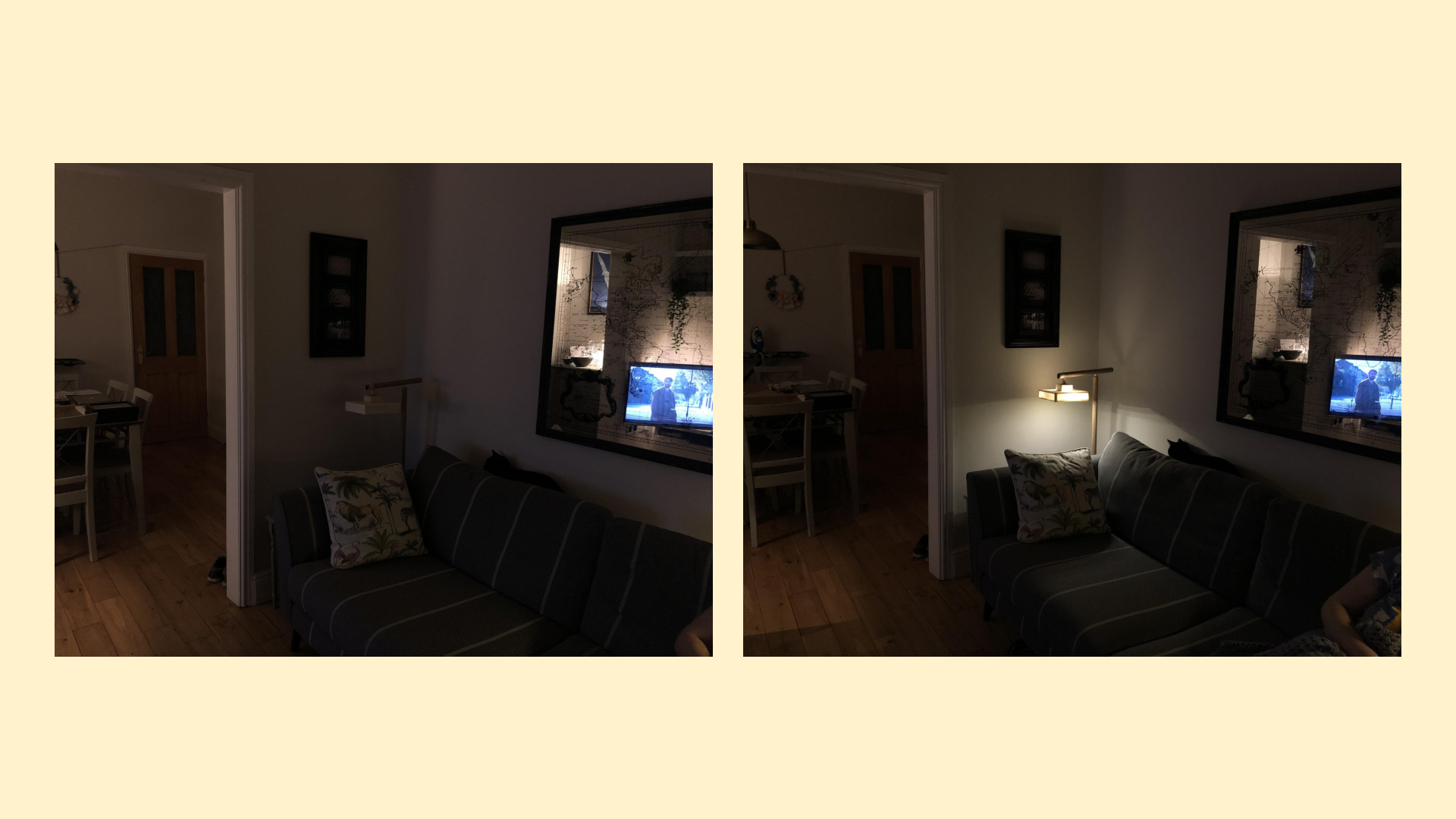
One of the main things that I learned was how difficult the light pattern was to get right, so I should have started there. It seems obvious in retrospect, but until I started trying to make it real, I didn’t fully appreciate that the light emitted is the most important thing to get right in a lamp, so you should start with that.
Studio
We’ve now moved on to the third project – a house for yourself – which is another jump in scale.
We did an almost-meditation session where we visualised the journey up to and inside our perfect house, and then tried to articulate these as “Jewels”. These serve as a guide to the feeling you should be aiming to create in reality as you design and build the real house.

We also went and found a site and made a 1:200 scale model in preparation for next week’s activity of designing the house on the site.

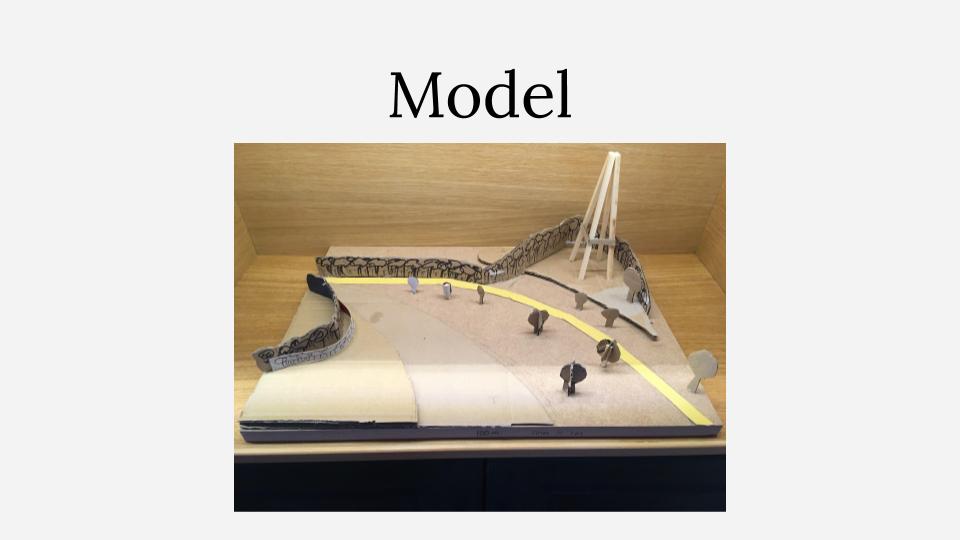
Nature of Order
The main theme over the last few weeks was thinking how living structure unfolds – the “fundamental process”.
This is repeated application of the differentiating steps (the 15 properties); not just applying once but applying multiple times.
- We start with the system in a partially evolved state
- Pay attention to the wholeness
- Identify weakest part
- Identify latent centres
- Pick one
- Apply one/some/all of the 15 transformations to differentiate and strengthen the latent centre we picked
- New centres are born as a result of the transformation and hopefully strengthen the whole
- Test whether they do improve the wholeness
- Figure out whether this was the simplest thing; was there a simpler version that could have had the same effect?
- Rinse & repeat
In reality the process is implemented in a much more informal way – “do the next right thing”. At each step you’re aiming to create a centre.
We also started getting into the importance of sequence – the actual order you make decisions. Building is a process of making. It’s changing the way things are in the world. Sketching and mockups, etc are not only about the design, but figuring out whether the step is the right step. At some point in the process you have to start building. Once something is the real thing it’s much harder to change. We’re trying to teach methods to better understand what the impact of your next step will be.
Reading notes so far…

Beautiful Software
We’re starting to converge on an idea of what to build.
TL;DR is that we’re aiming to create some sort of interactive tool to help people learn the 15 properties.

The idea is that we’ll show users how each property unfolds, then get them to do it themselves.
We’re also trying to document the meta-sequence of how the software itself unfolds.